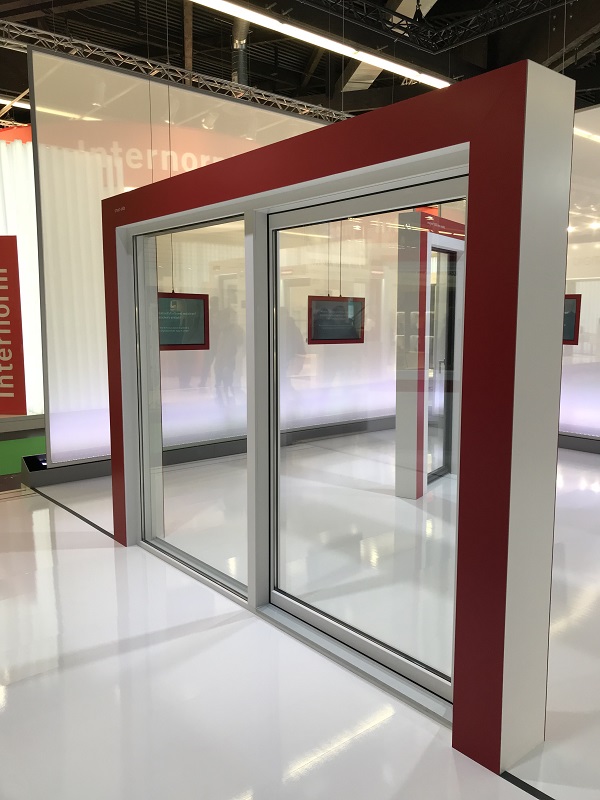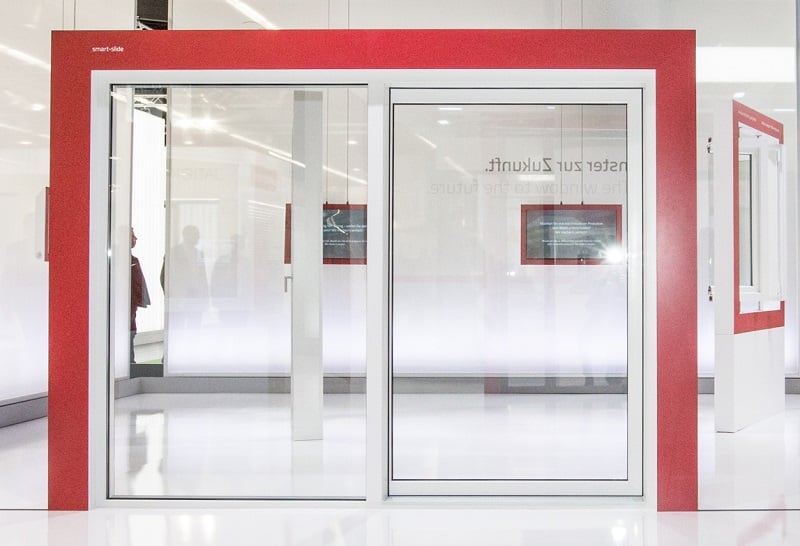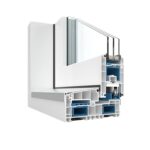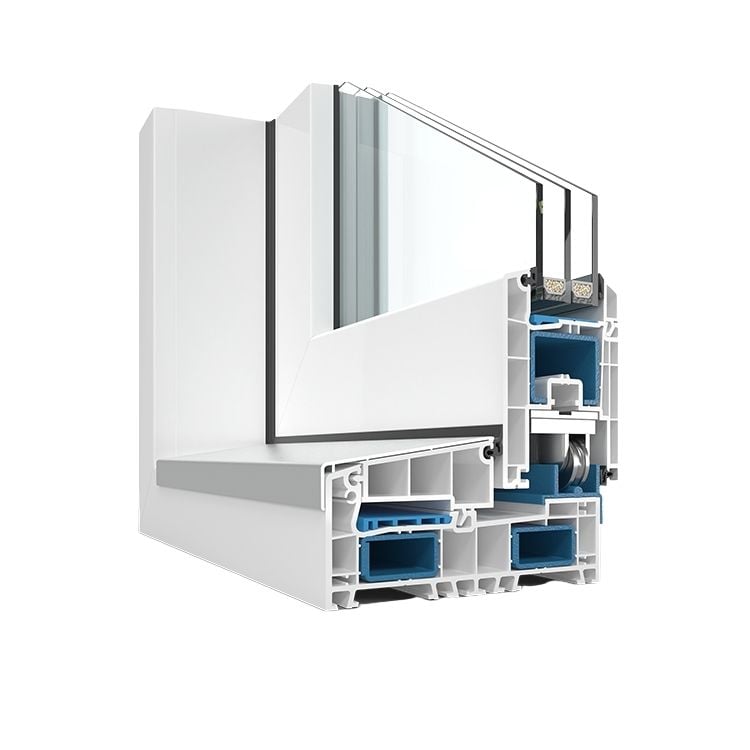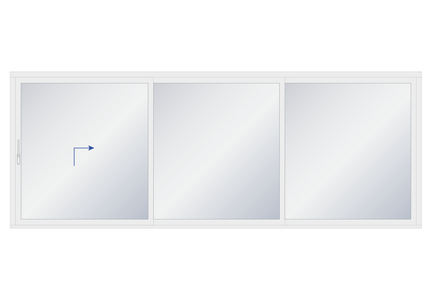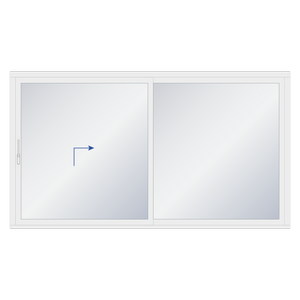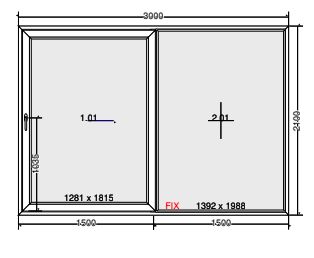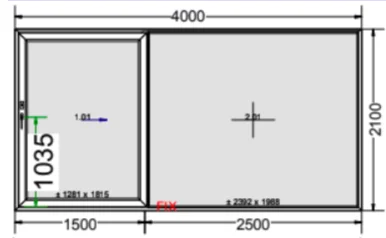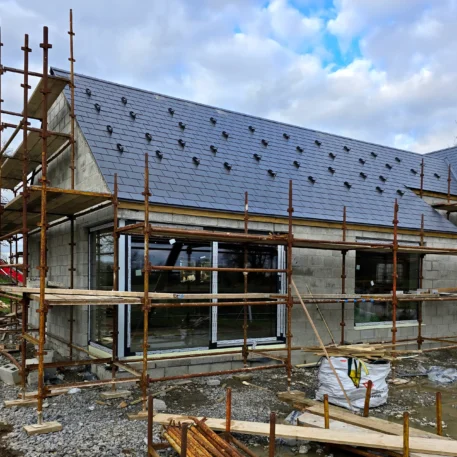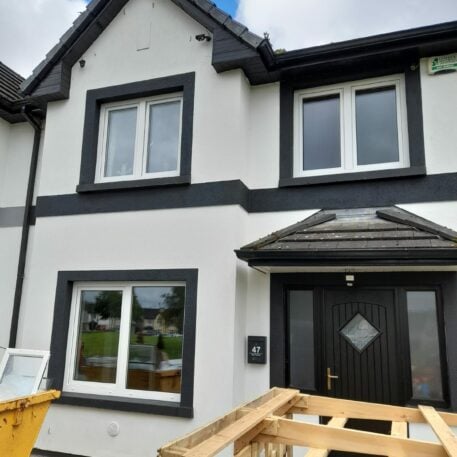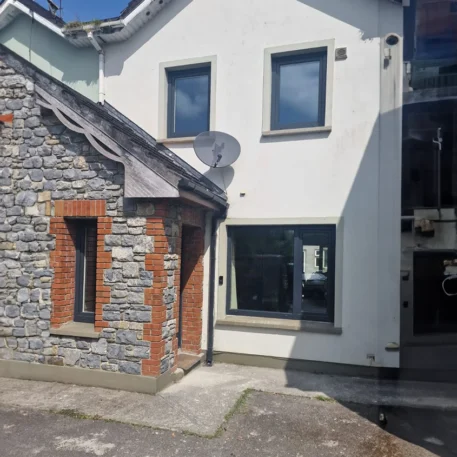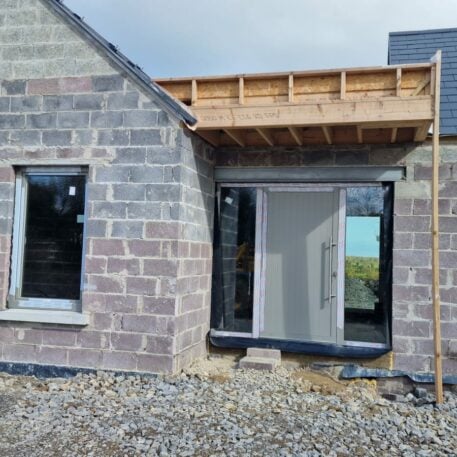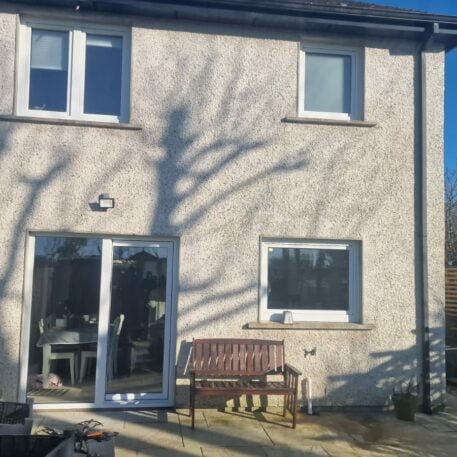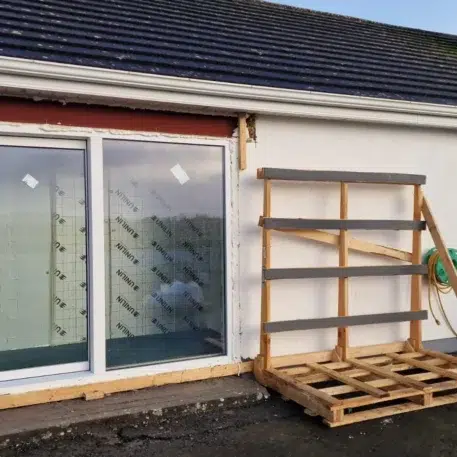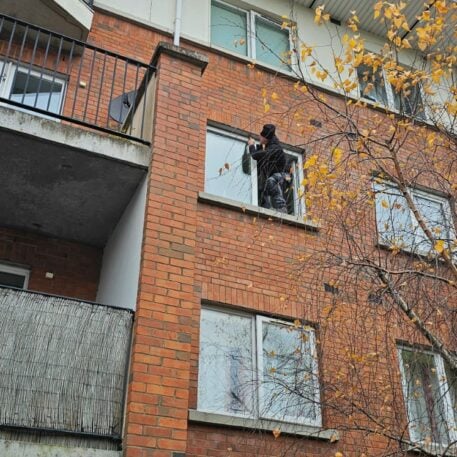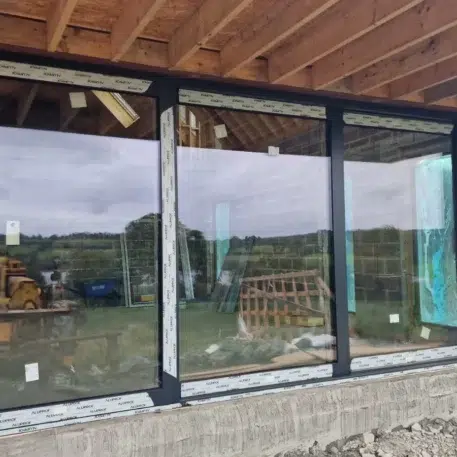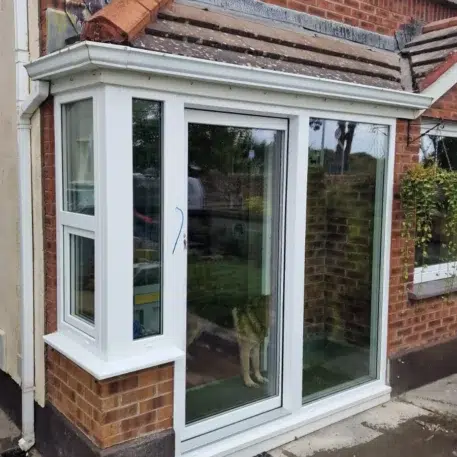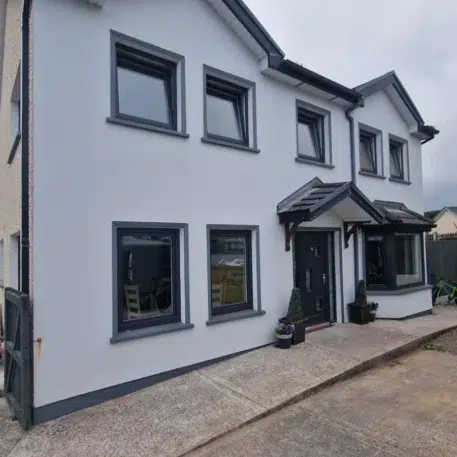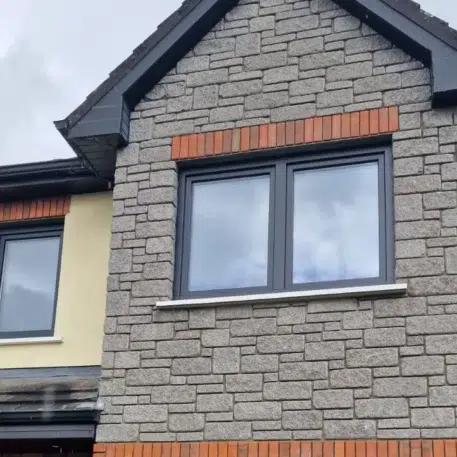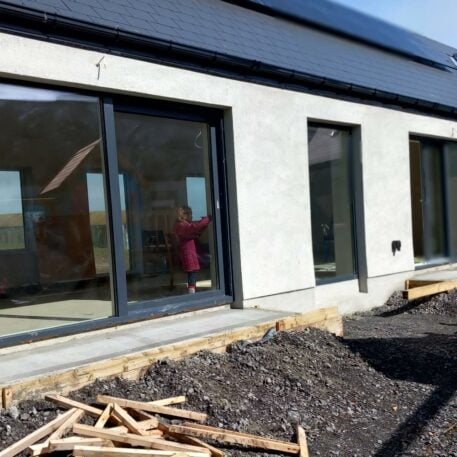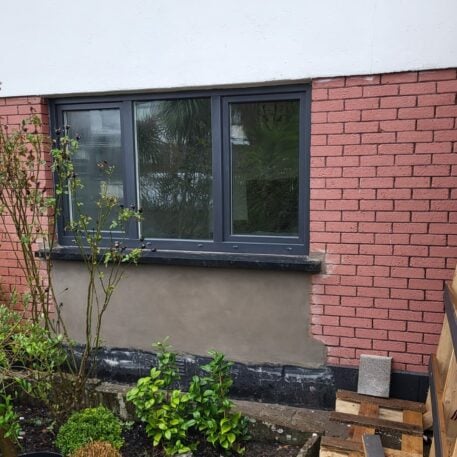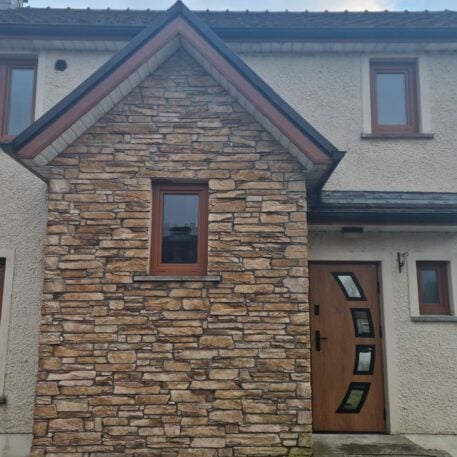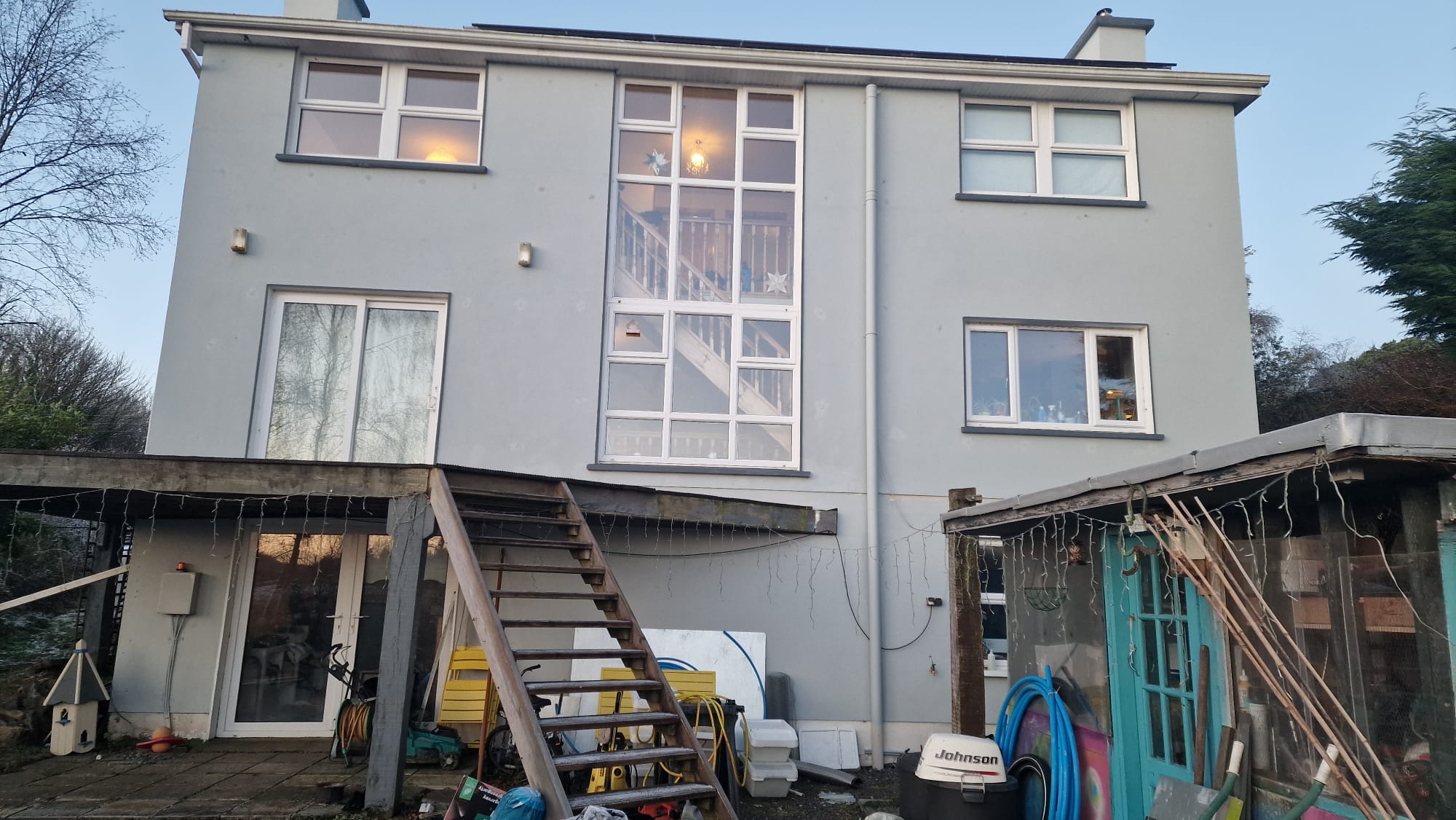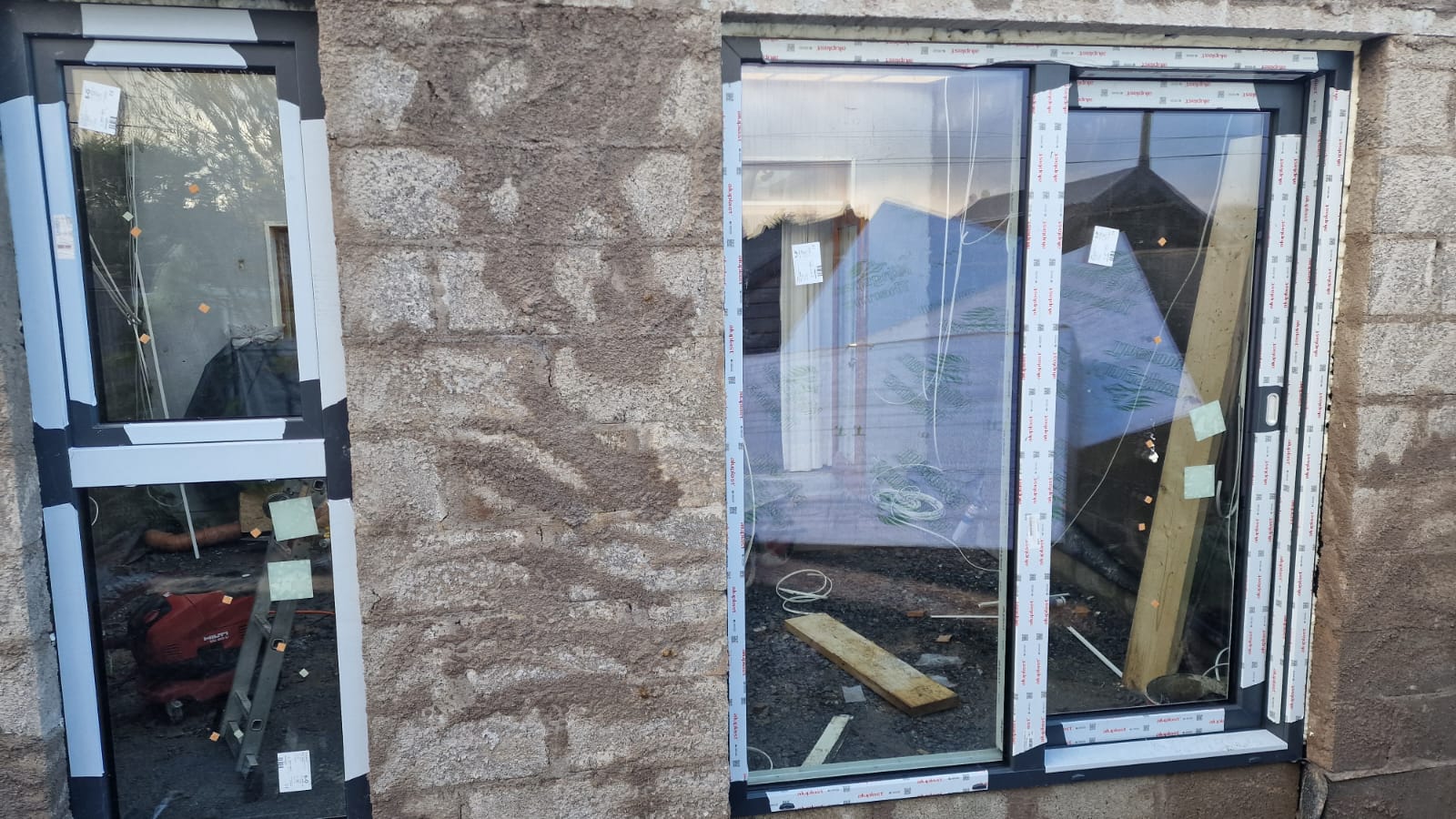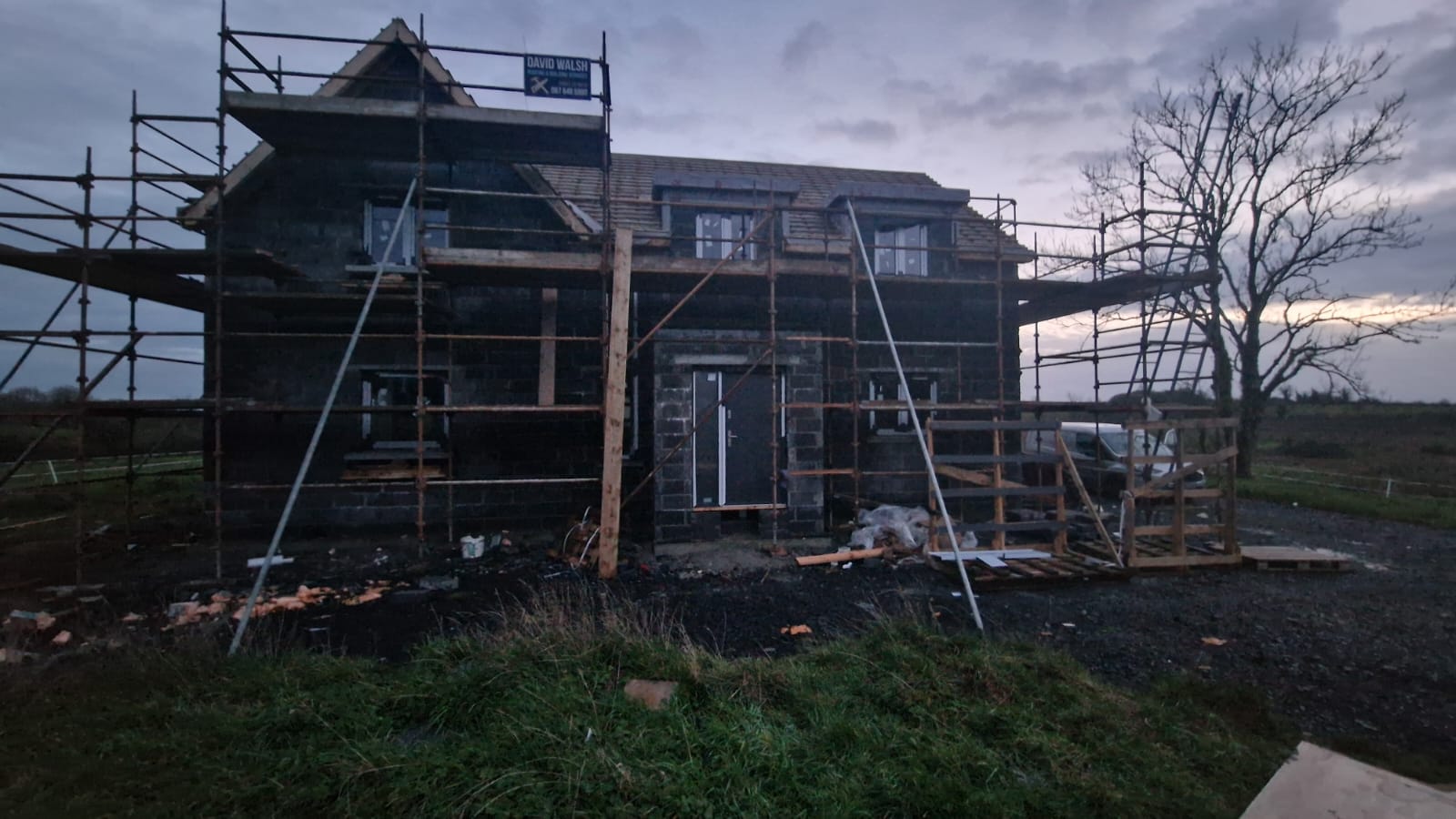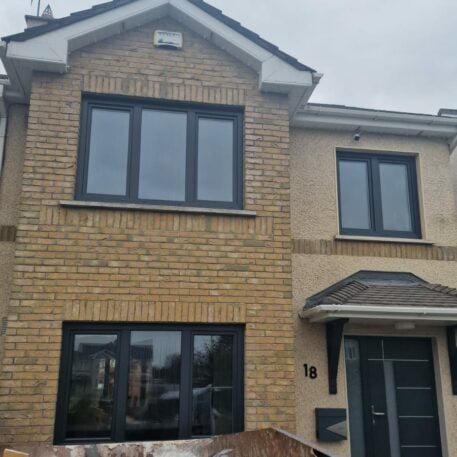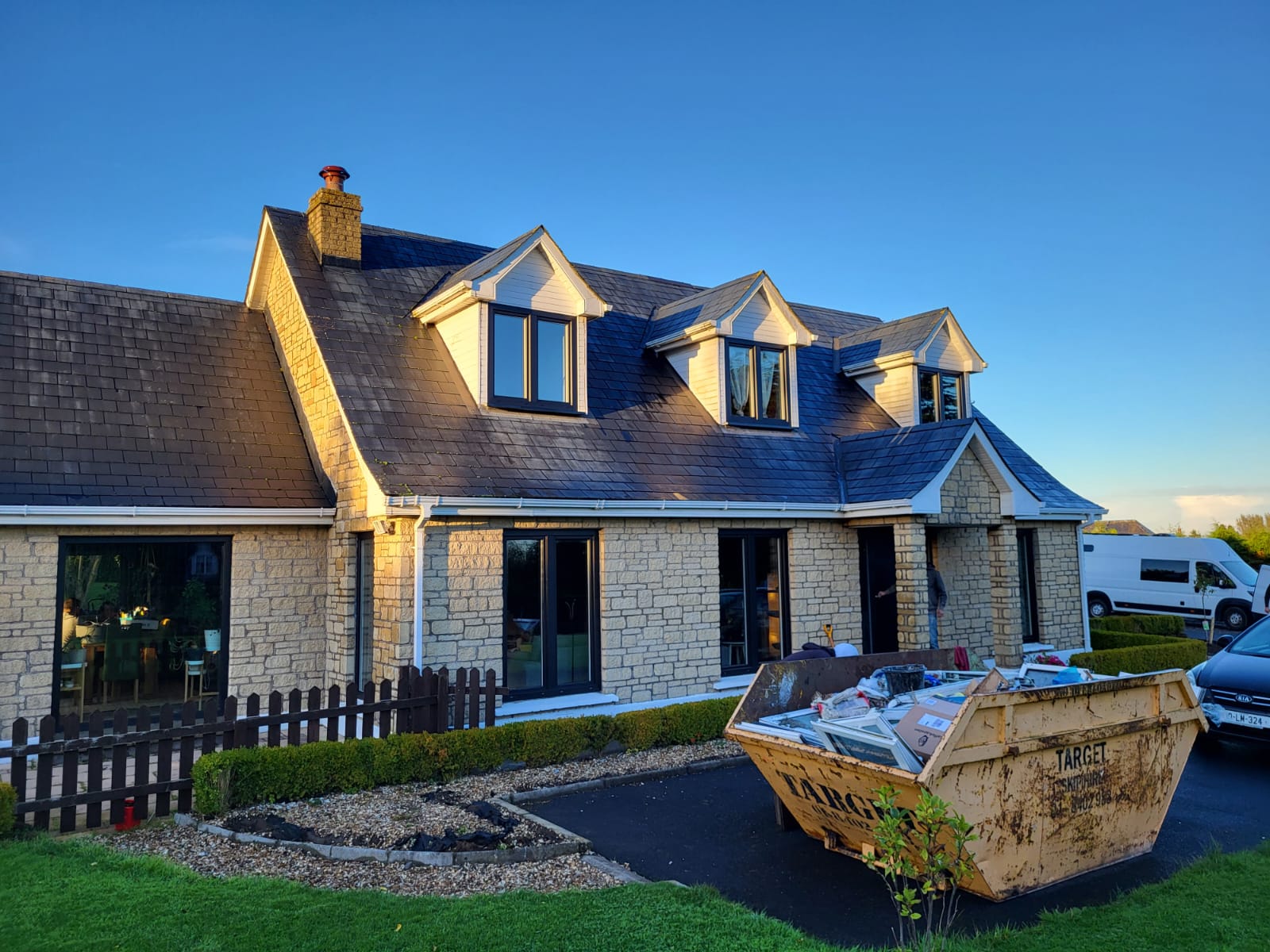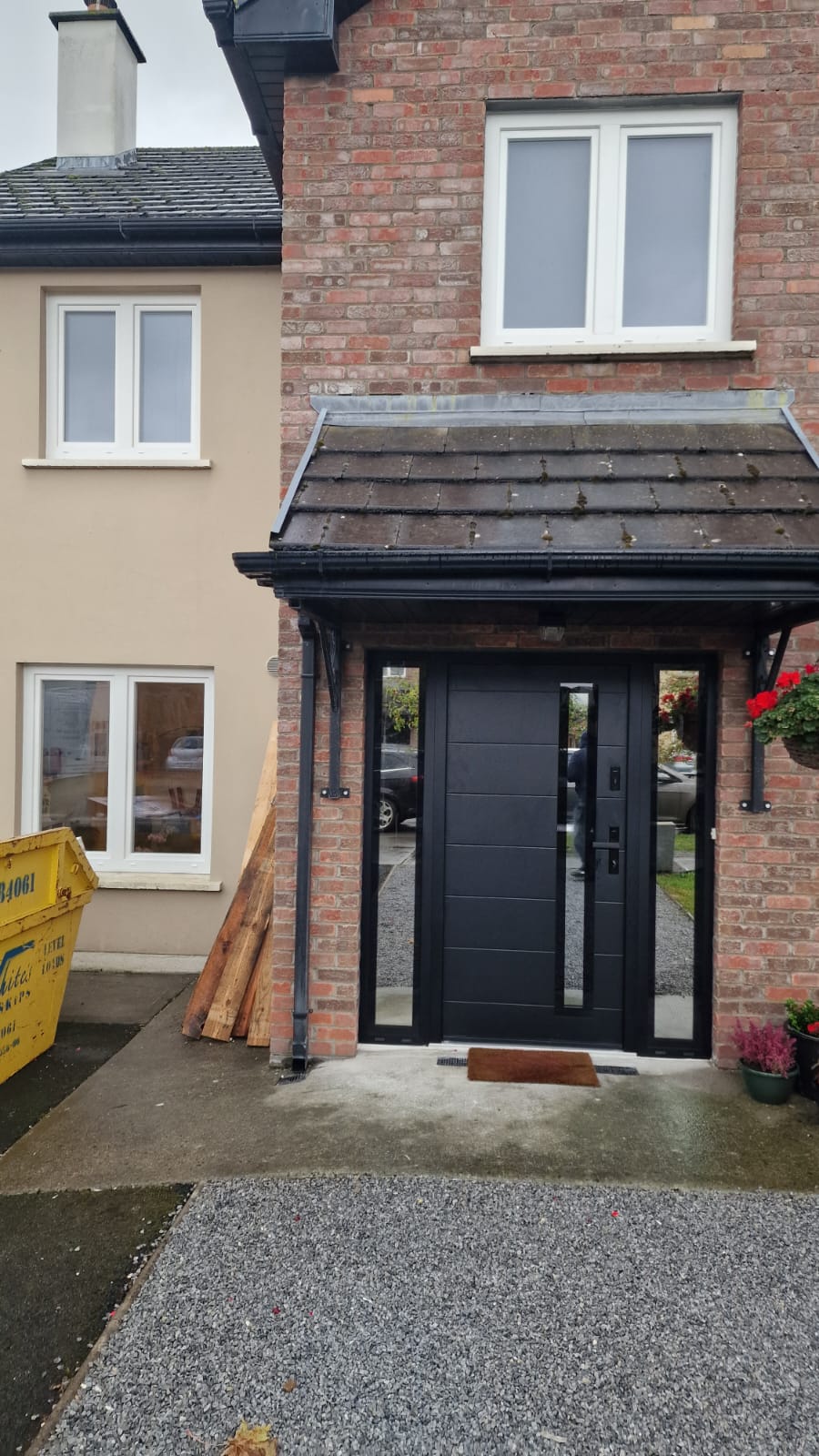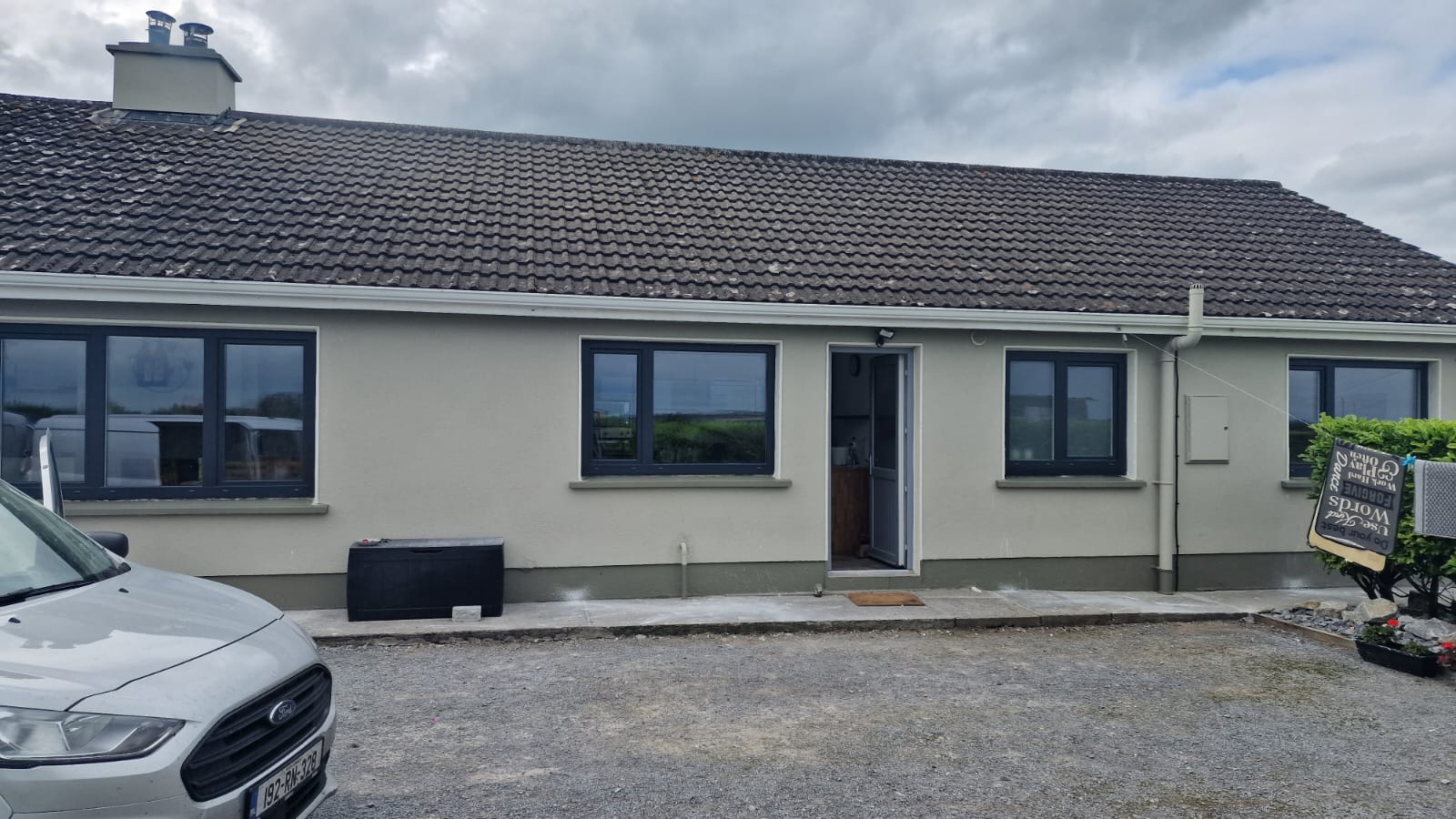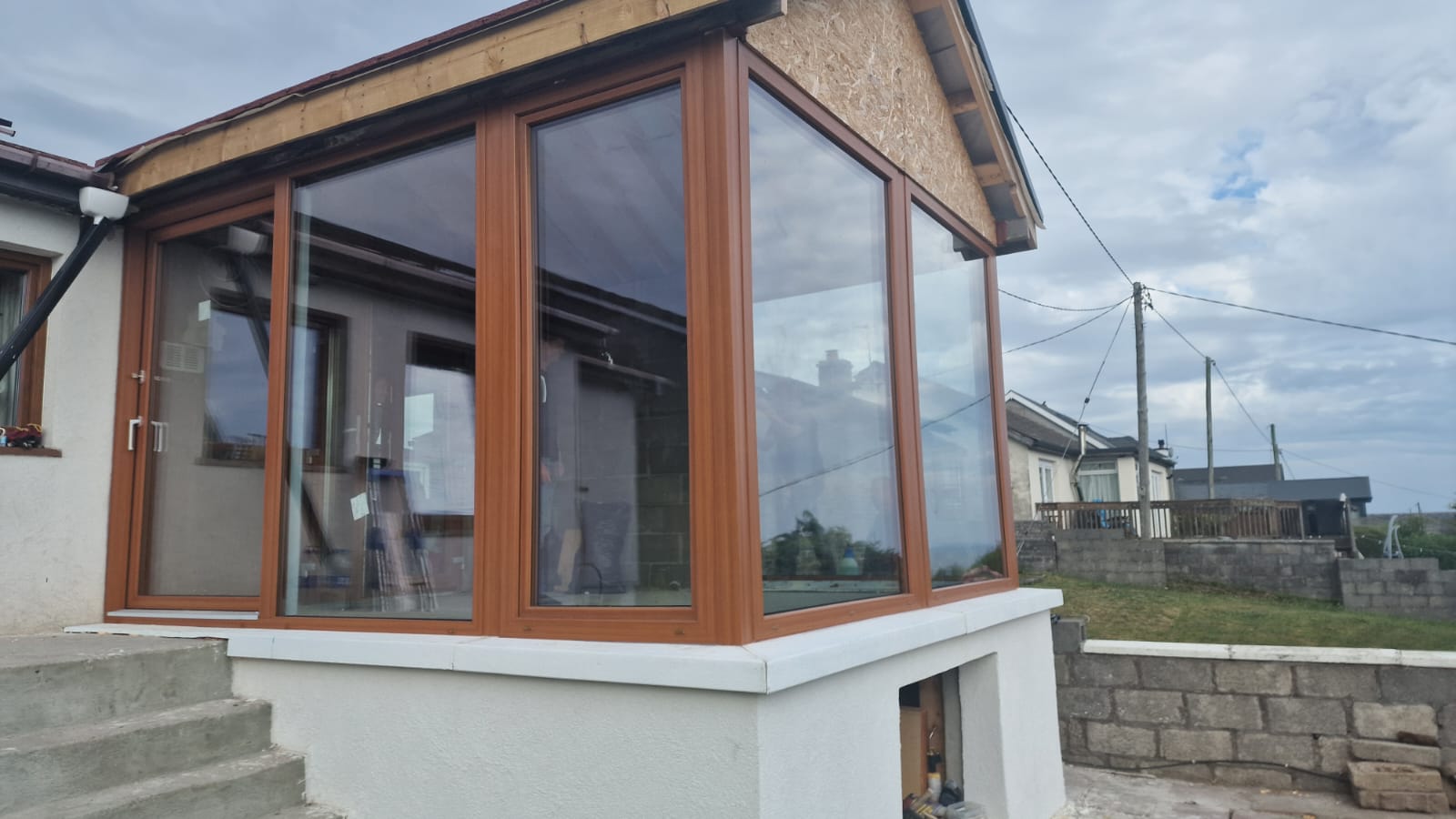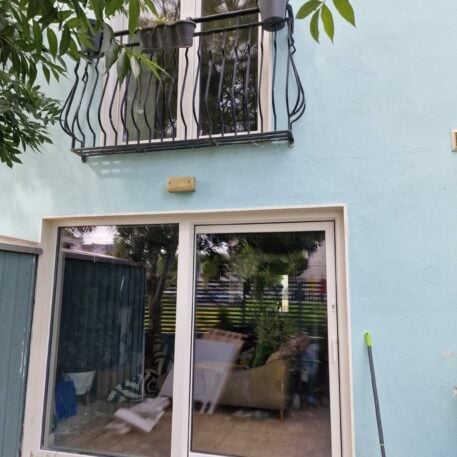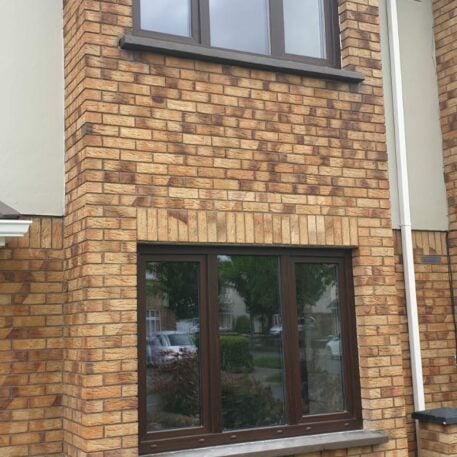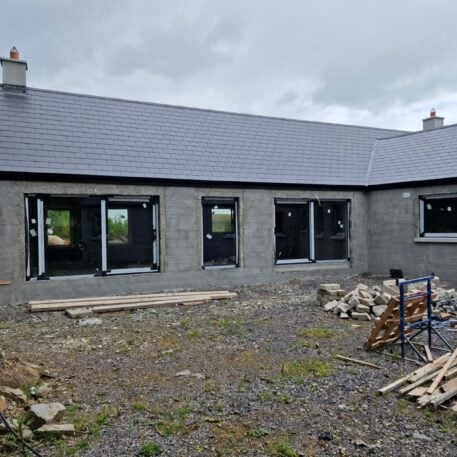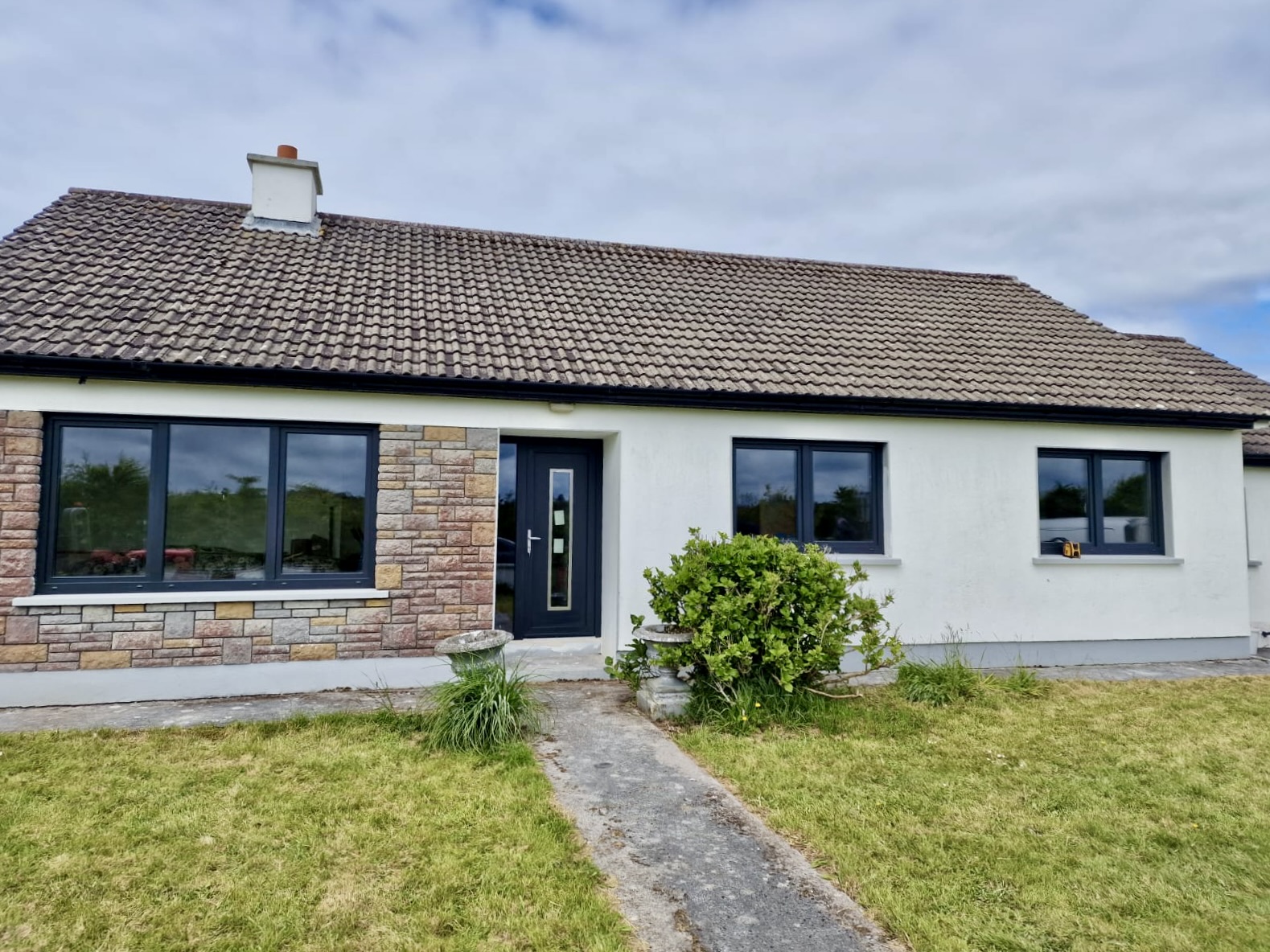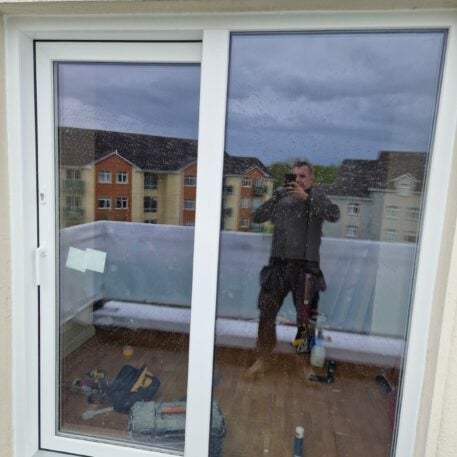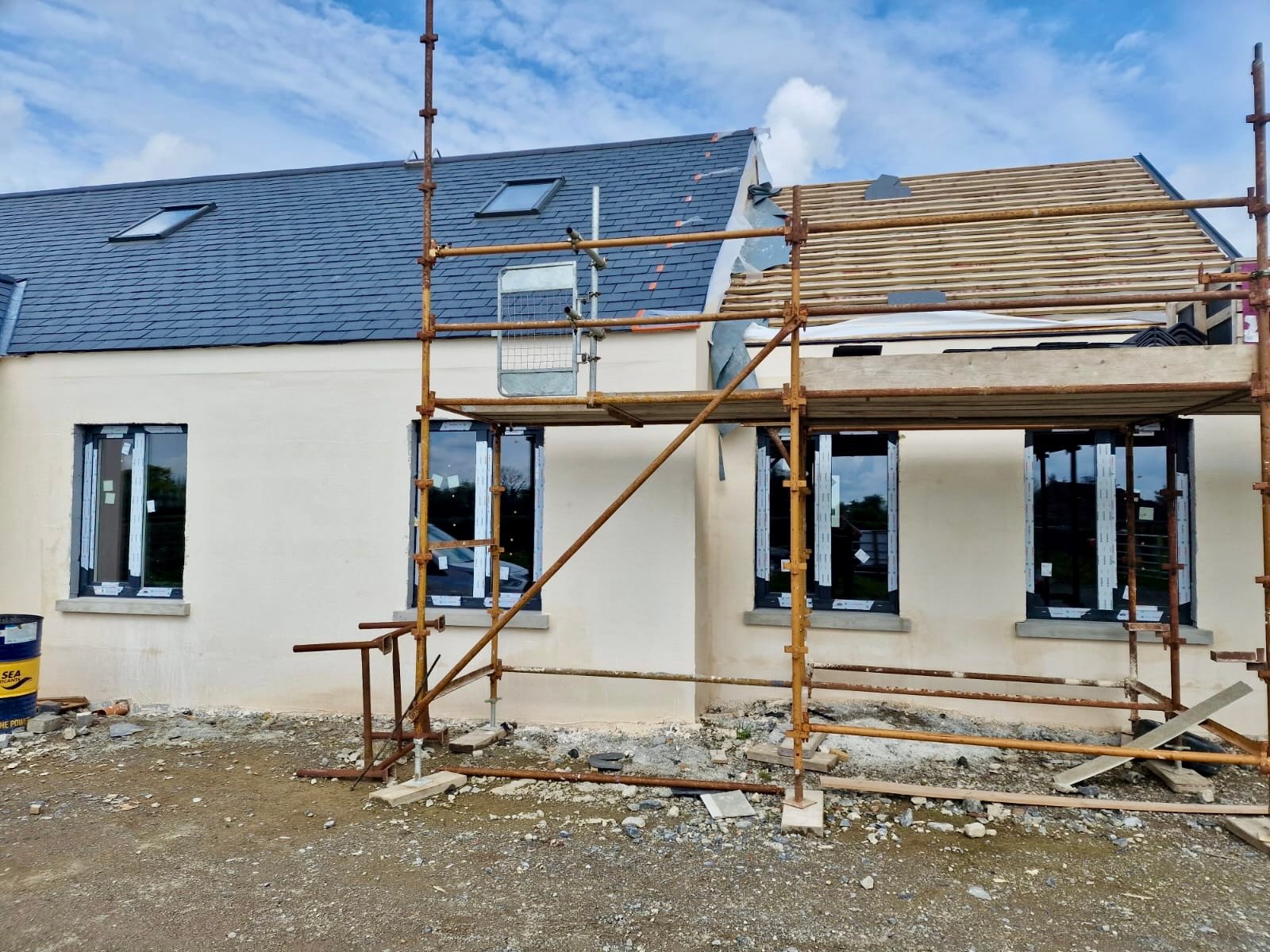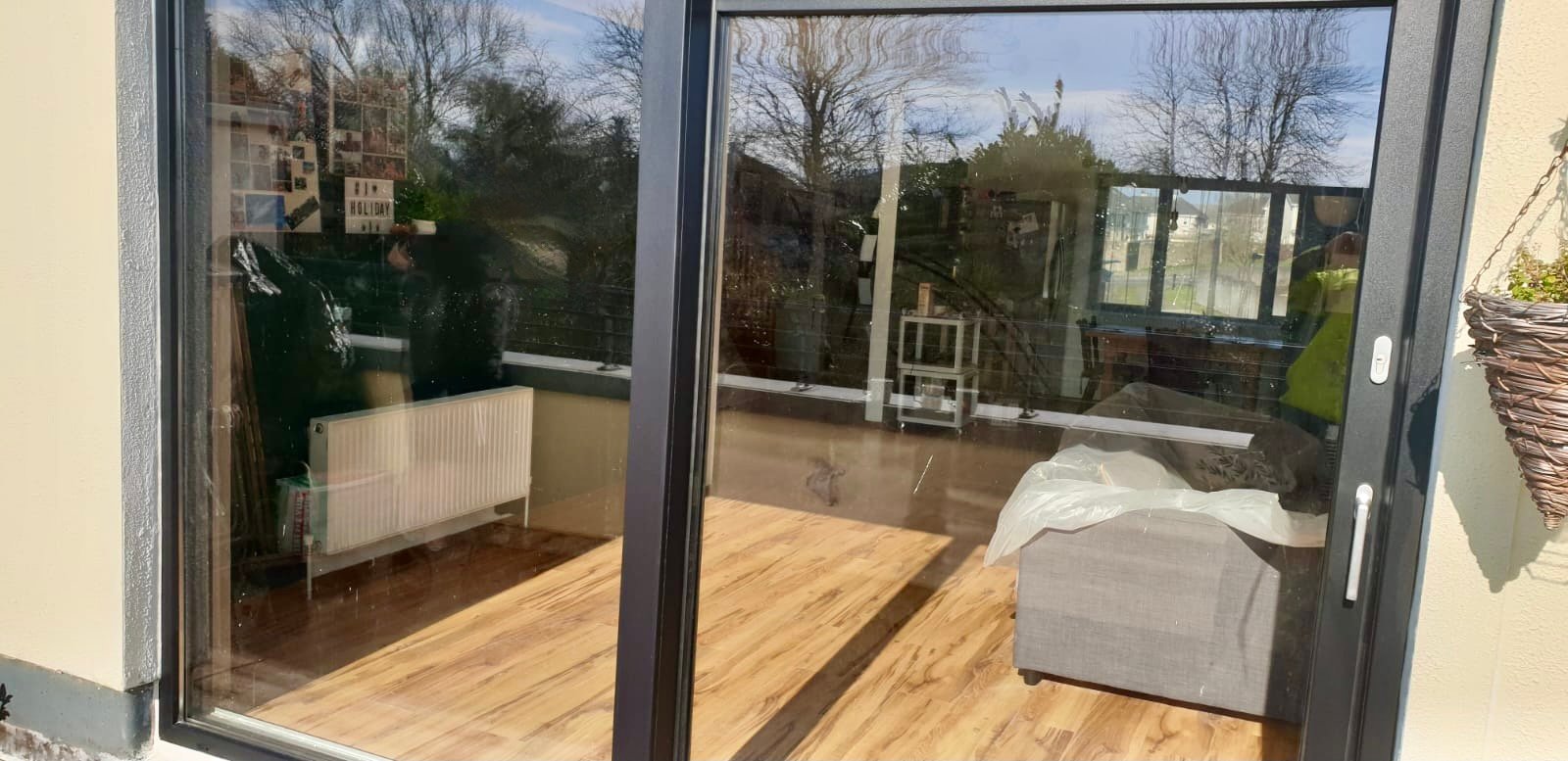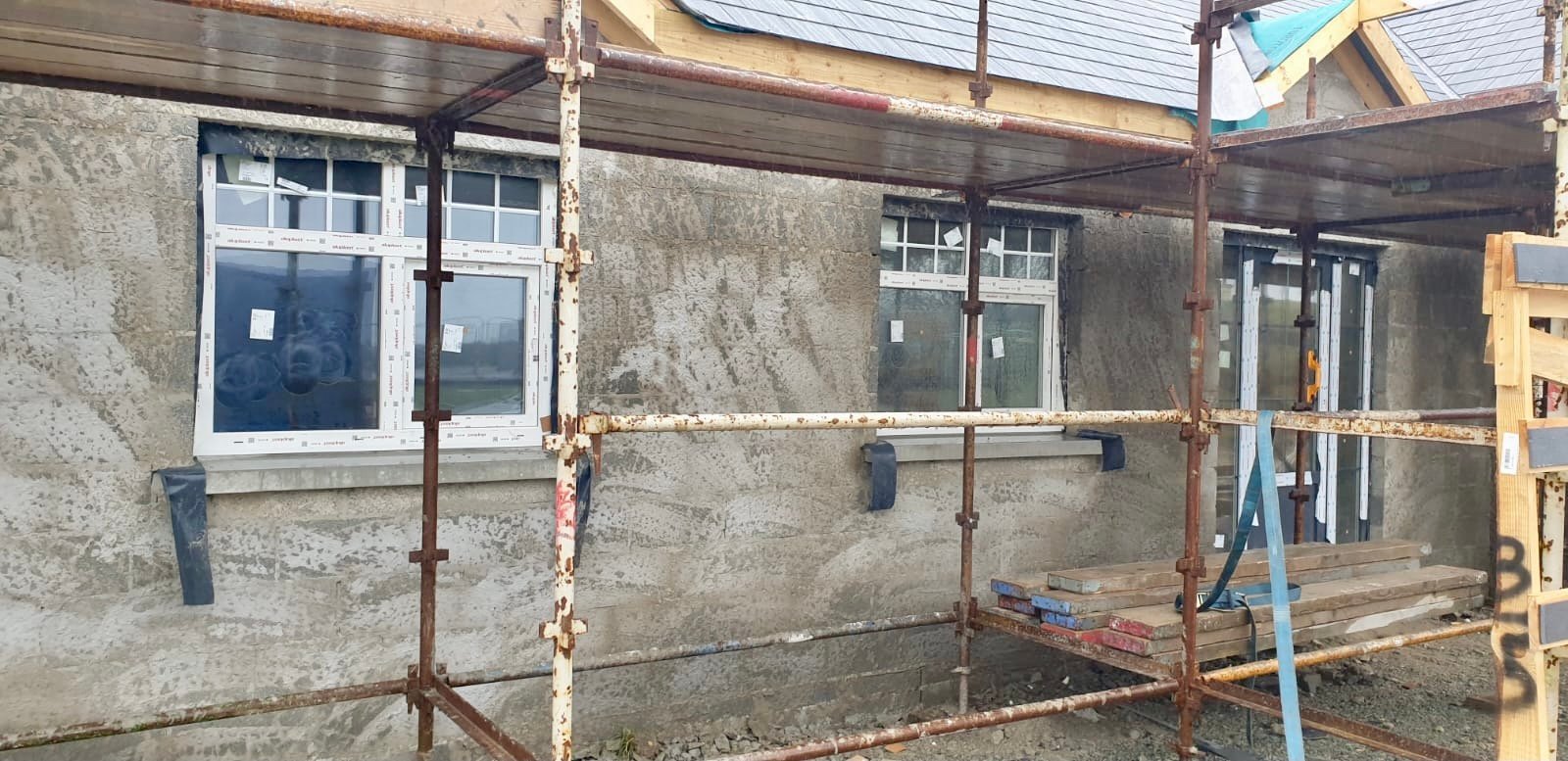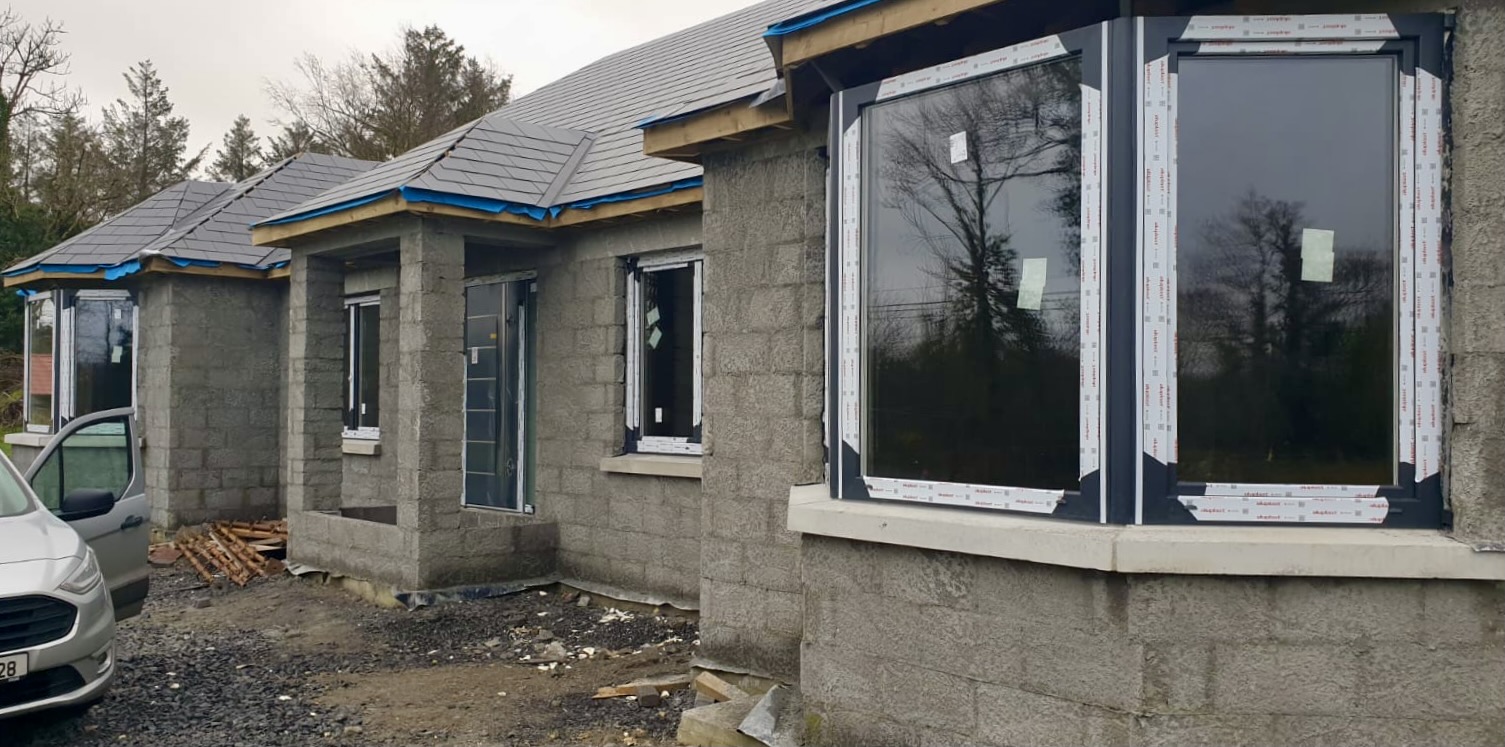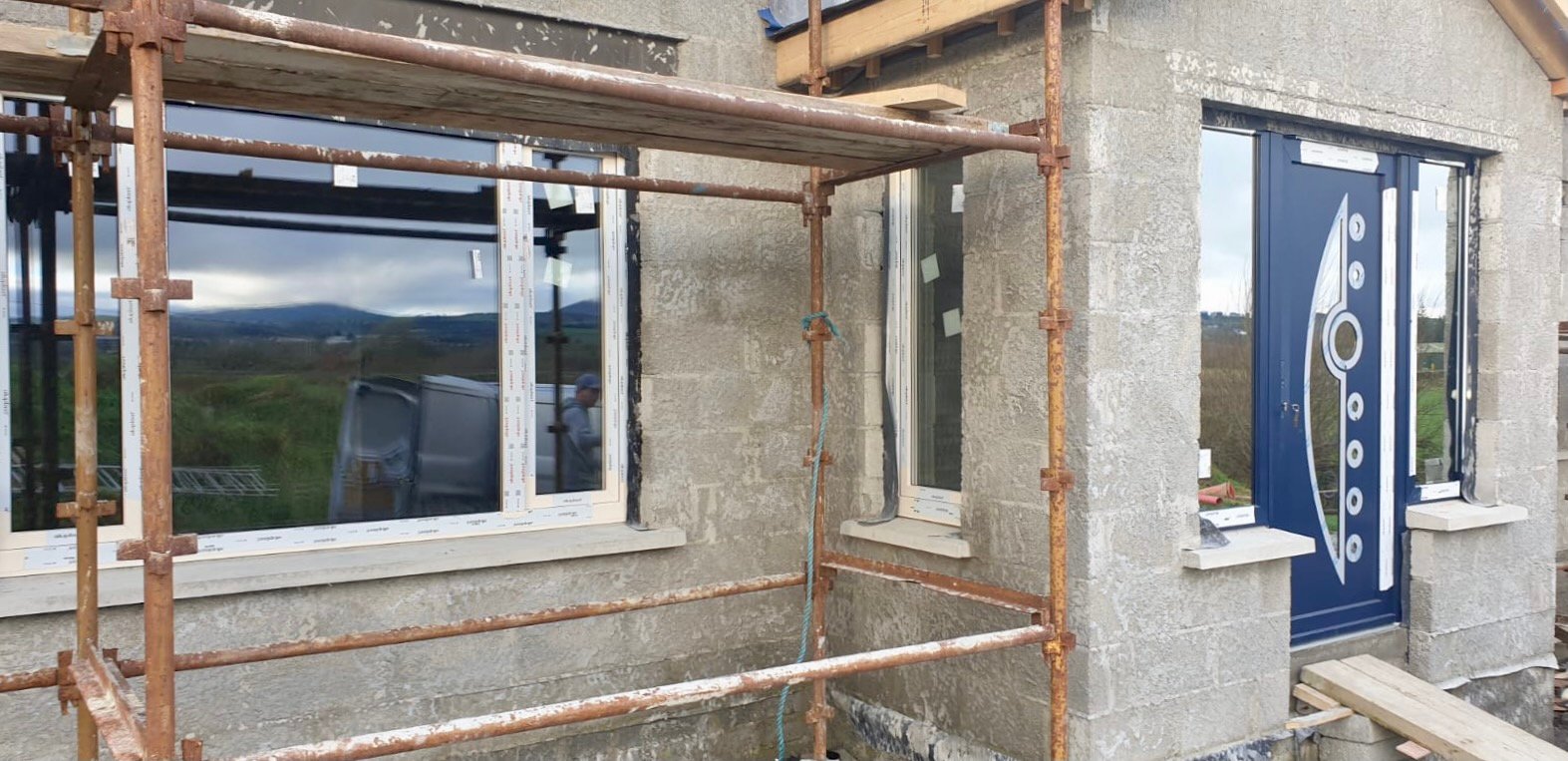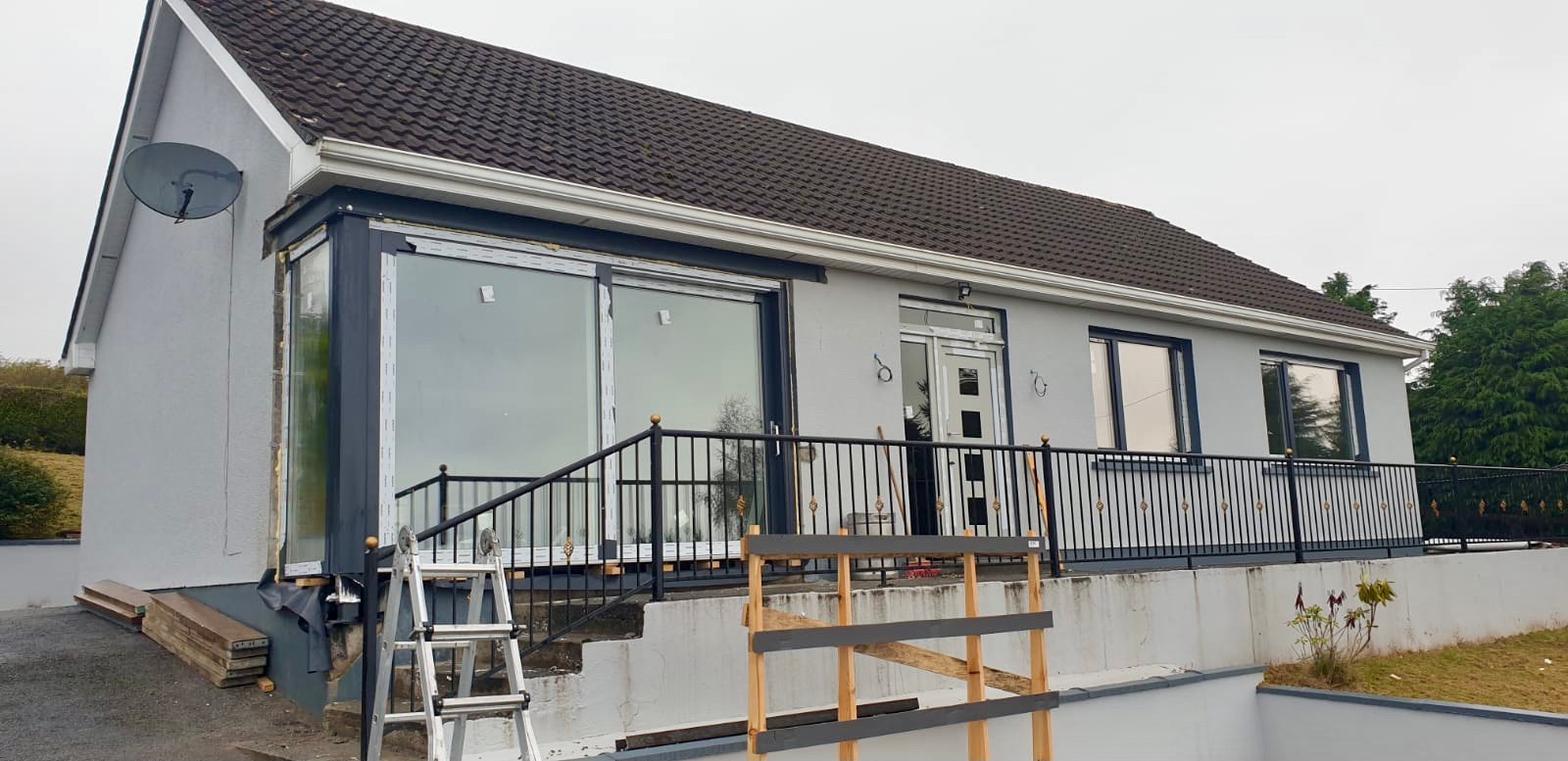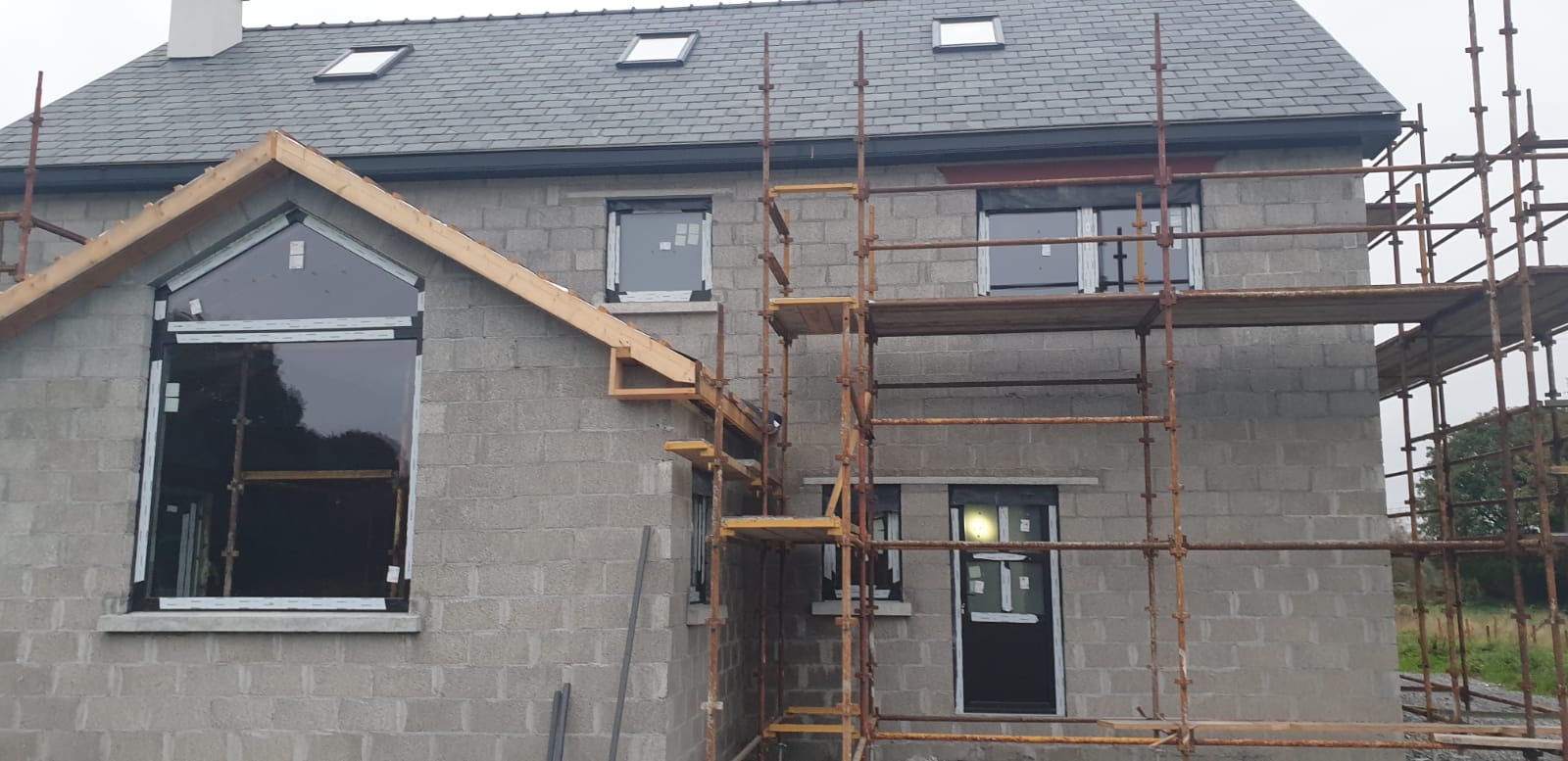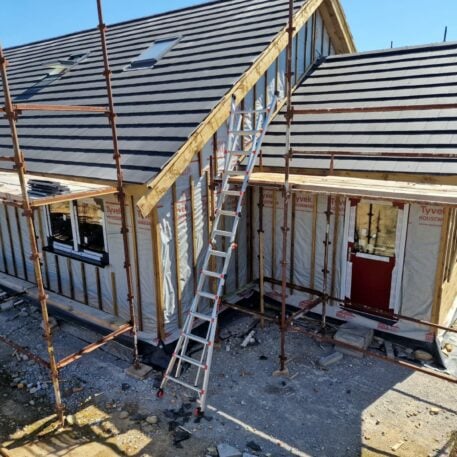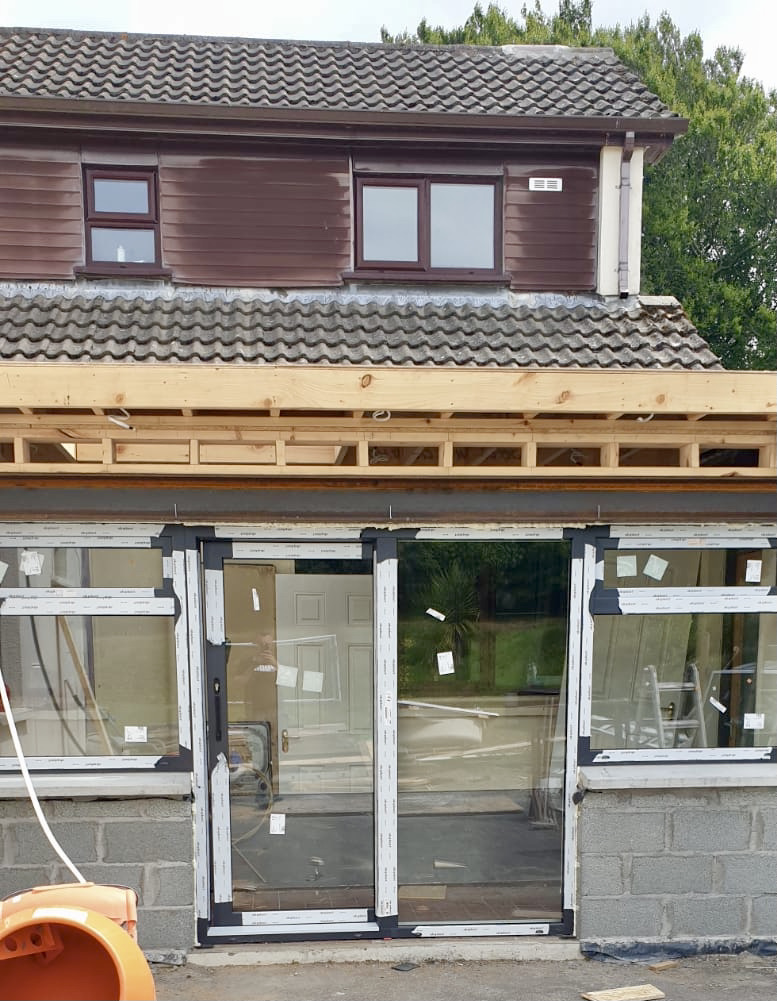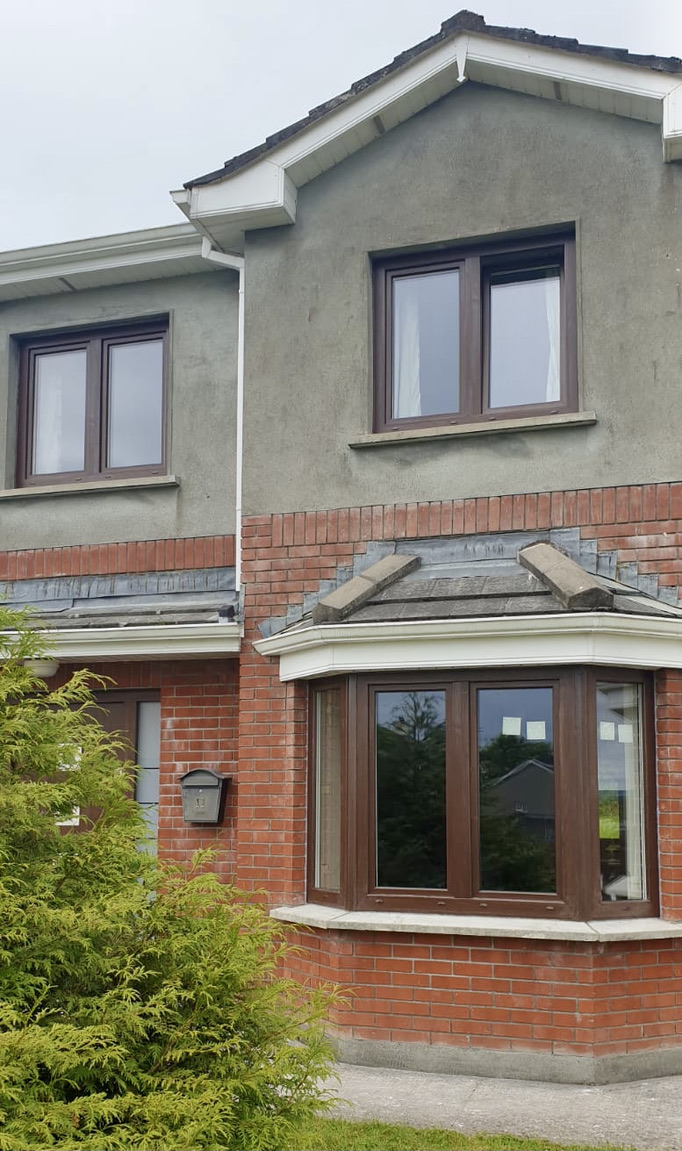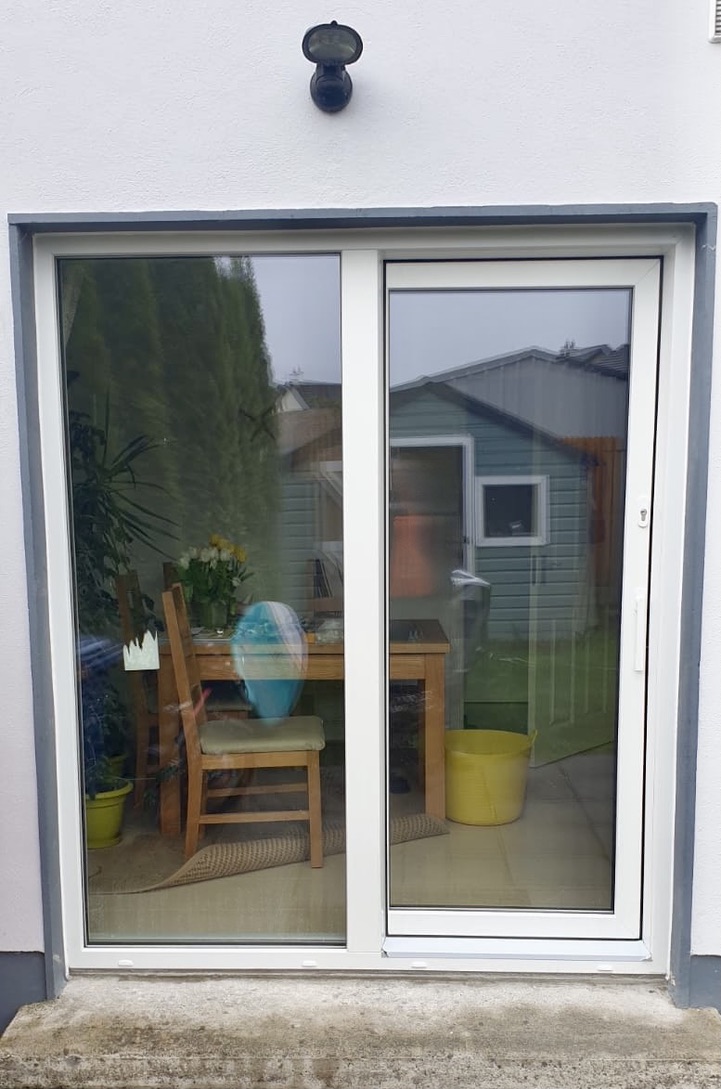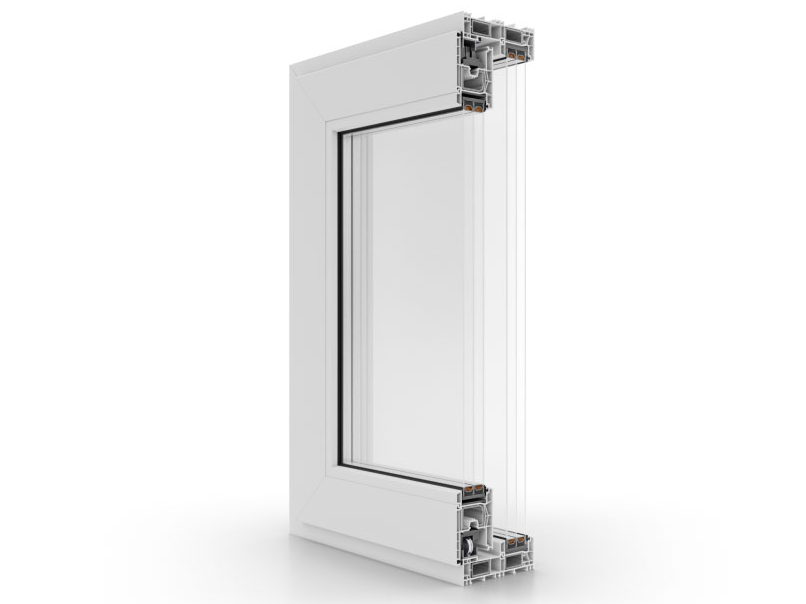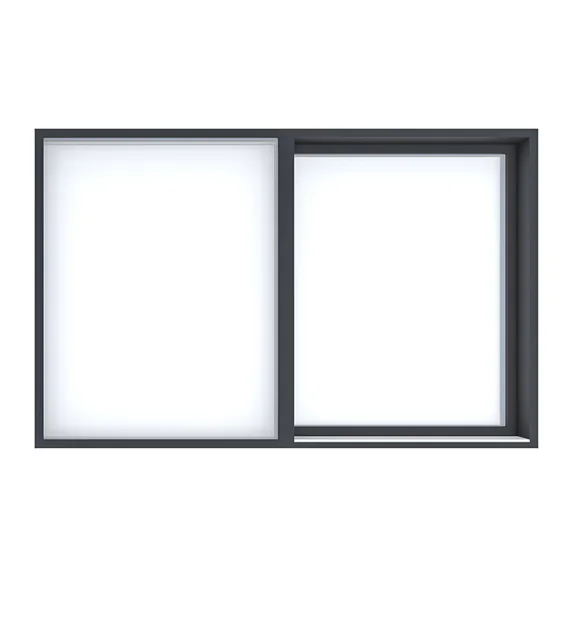Follow us on social media

- Doors
- Sliding doors
- Windows
- Windows
- uPVC windows
- Aluminium windows
- Steel windowsSteel is the most robust material on the market for windows. Steel frames are extremely durable and hard to break and their lifespan is estimated at around 100 years. What is more, steel windows offer increased thermal performance and are easy to clean and maintain.
- Windows accessories
- Blinds and shutters
- Windows
- Fenbro
English
- Doors
- Sliding doors
- Windows
- Windows
- uPVC windows
- Aluminium windows
- Steel windowsSteel is the most robust material on the market for windows. Steel frames are extremely durable and hard to break and their lifespan is estimated at around 100 years. What is more, steel windows offer increased thermal performance and are easy to clean and maintain.
- Windows accessories
- Blinds and shutters
- Windows
- Fenbro
English
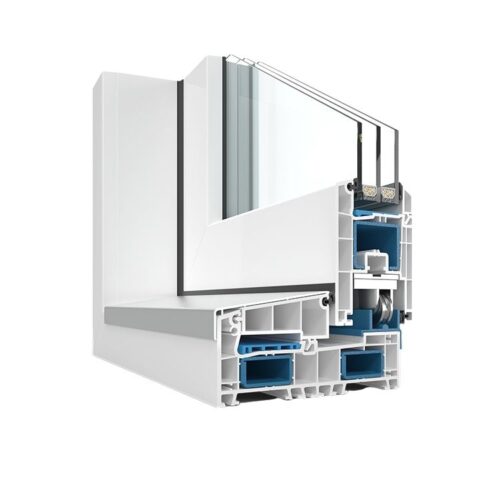
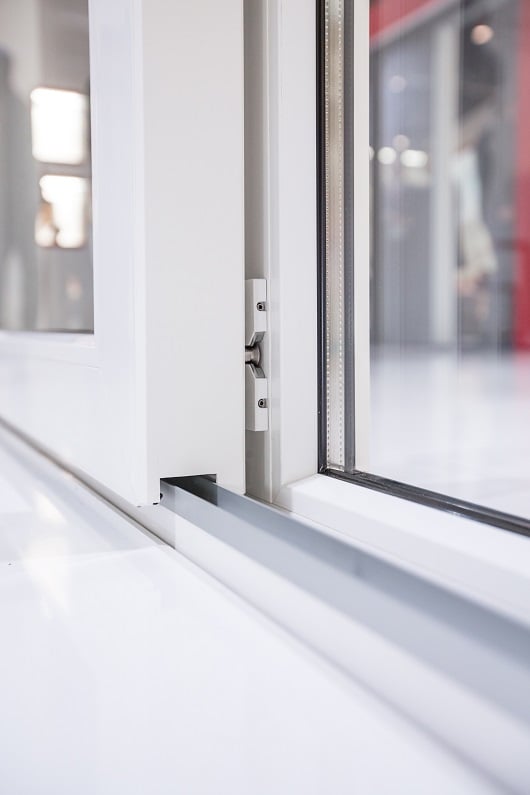
![ProEXR File Description
=Attributes=
cameraAperture (float): 36.000004
cameraFNumber (float): 8.000000
cameraFarClip (float): 1000000015047466200000000000000.000000
cameraFarRange (float): 30000.000000
cameraFocalLength (float): 85.000000
cameraFov (float): 23.447701
cameraNearClip (float): 0.000000
cameraNearRange (float): 0.000000
cameraProjection (int): 0
cameraTargetDistance (float): 4244.773926
cameraTransform (m44f): [{0.985408, -0.17021, 1.10192e-008, -455.578}, {-0.17021, -0.985408, 4.25589e-008, -3105.99}, {-2.04453e-008, -4.37158e-008, -1, 113.289}, {0, 0, 0, 1}]
channels (chlist)
compression (compression): Zip
dataWindow (box2i): [0, 0, 1919, 1079]
displayWindow (box2i): [0, 0, 1919, 1079]
lineOrder (lineOrder): Increasing Y
name (string): ""
pixelAspectRatio (float): 1.000000
screenWindowCenter (v2f): [0.000000, 0.000000]
screenWindowWidth (float): 1.000000
type (string): "scanlineimage"
vrayInfo/camera (string): "Cam_Closeup005"
vrayInfo/computername (string): "cw-8wwdc72"
vrayInfo/cpu (string): "INTEL/Model:15,Family:6,Stepping:2,Cache:0"
vrayInfo/date (string): "10/13/2017"
vrayInfo/filename (string): "Smart_Slide_Studio_Close.max"
vrayInfo/frame (string): "00099"
vrayInfo/h (string): "1080"
vrayInfo/mhz (string): "0MHz"
vrayInfo/noiseThreshold (string): "0.001000"
vrayInfo/numPasses (string): "0"
vrayInfo/numSubdivs (string): "0.00"
vrayInfo/os (string): "Win10"
vrayInfo/primitives (string): "123074"
vrayInfo/ram (string): "65472MB"
vrayInfo/rendertime (string): " 0h 15m 43.3s"
vrayInfo/time (string): "8:50:27 PM"
vrayInfo/vmem (string): "134217728MB"
vrayInfo/vraycore (string): "3.60.01"
vrayInfo/vrayrevision (string): "27500 Jun 28 2017 04:49:39"
vrayInfo/vrayversion (string): "Internal V-Ray version Adv 3.60.01"
vrayInfo/w (string): "1920"
=Channels=
A (half)
B (half)
G (half)
MultiMatteElement-1.B (half)
MultiMatteElement-1.G (half)
MultiMatteElement-1.R (half)
MultiMatteElement-2.B (half)
MultiMatteElement-2.G (half)
MultiMatteElement-2.R (hal ProEXR File Description
=Attributes=
cameraAperture (float): 36.000004
cameraFNumber (float): 8.000000
cameraFarClip (float): 1000000015047466200000000000000.000000
cameraFarRange (float): 30000.000000
cameraFocalLength (float): 85.000000
cameraFov (float): 23.447701
cameraNearClip (float): 0.000000
cameraNearRange (float): 0.000000
cameraProjection (int): 0
cameraTargetDistance (float): 4244.773926
cameraTransform (m44f): [{0.985408, -0.17021, 1.10192e-008, -455.578}, {-0.17021, -0.985408, 4.25589e-008, -3105.99}, {-2.04453e-008, -4.37158e-008, -1, 113.289}, {0, 0, 0, 1}]
channels (chlist)
compression (compression): Zip
dataWindow (box2i): [0, 0, 1919, 1079]
displayWindow (box2i): [0, 0, 1919, 1079]
lineOrder (lineOrder): Increasing Y
name (string): ""
pixelAspectRatio (float): 1.000000
screenWindowCenter (v2f): [0.000000, 0.000000]
screenWindowWidth (float): 1.000000
type (string): "scanlineimage"
vrayInfo/camera (string): "Cam_Closeup005"
vrayInfo/computername (string): "cw-8wwdc72"
vrayInfo/cpu (string): "INTEL/Model:15,Family:6,Stepping:2,Cache:0"
vrayInfo/date (string): "10/13/2017"
vrayInfo/filename (string): "Smart_Slide_Studio_Close.max"
vrayInfo/frame (string): "00099"
vrayInfo/h (string): "1080"
vrayInfo/mhz (string): "0MHz"
vrayInfo/noiseThreshold (string): "0.001000"
vrayInfo/numPasses (string): "0"
vrayInfo/numSubdivs (string): "0.00"
vrayInfo/os (string): "Win10"
vrayInfo/primitives (string): "123074"
vrayInfo/ram (string): "65472MB"
vrayInfo/rendertime (string): " 0h 15m 43.3s"
vrayInfo/time (string): "8:50:27 PM"
vrayInfo/vmem (string): "134217728MB"
vrayInfo/vraycore (string): "3.60.01"
vrayInfo/vrayrevision (string): "27500 Jun 28 2017 04:49:39"
vrayInfo/vrayversion (string): "Internal V-Ray version Adv 3.60.01"
vrayInfo/w (string): "1920"
=Channels=
A (half)
B (half)
G (half)
MultiMatteElement-1.B (half)
MultiMatteElement-1.G (half)
MultiMatteElement-1.R (half)
MultiMatteElement-2.B (half)
MultiMatteElement-2.G (half)
MultiMatteElement-2.R (hal](https://fenbro.com/wp-content/uploads/2021/09/10672-aluplast-smart-slide-2.jpg)
![ProEXR File Description
=Attributes=
cameraAperture (float): 36.000004
cameraFNumber (float): 8.000000
cameraFarClip (float): 1000000015047466200000000000000.000000
cameraFarRange (float): 30000.000000
cameraFocalLength (float): 85.000000
cameraFov (float): 23.447701
cameraNearClip (float): 0.000000
cameraNearRange (float): 0.000000
cameraProjection (int): 0
cameraTargetDistance (float): 4244.773926
cameraTransform (m44f): [{0.985408, -0.17021, 1.10192e-008, -455.578}, {-0.17021, -0.985408, 4.25589e-008, -3105.99}, {-2.04453e-008, -4.37158e-008, -1, 113.289}, {0, 0, 0, 1}]
channels (chlist)
compression (compression): Zip
dataWindow (box2i): [0, 0, 1919, 1079]
displayWindow (box2i): [0, 0, 1919, 1079]
lineOrder (lineOrder): Increasing Y
name (string): ""
pixelAspectRatio (float): 1.000000
screenWindowCenter (v2f): [0.000000, 0.000000]
screenWindowWidth (float): 1.000000
type (string): "scanlineimage"
vrayInfo/camera (string): "Cam_Closeup005"
vrayInfo/computername (string): "cw-8wwdc72"
vrayInfo/cpu (string): "INTEL/Model:15,Family:6,Stepping:2,Cache:0"
vrayInfo/date (string): "10/13/2017"
vrayInfo/filename (string): "Smart_Slide_Studio_Close.max"
vrayInfo/frame (string): "00075"
vrayInfo/h (string): "1080"
vrayInfo/mhz (string): "0MHz"
vrayInfo/noiseThreshold (string): "0.001000"
vrayInfo/numPasses (string): "0"
vrayInfo/numSubdivs (string): "0.00"
vrayInfo/os (string): "Win10"
vrayInfo/primitives (string): "123074"
vrayInfo/ram (string): "65472MB"
vrayInfo/rendertime (string): " 0h 6m 36.9s"
vrayInfo/time (string): "1:50:07 PM"
vrayInfo/vmem (string): "134217728MB"
vrayInfo/vraycore (string): "3.60.01"
vrayInfo/vrayrevision (string): "27500 Jun 28 2017 04:49:39"
vrayInfo/vrayversion (string): "Internal V-Ray version Adv 3.60.01"
vrayInfo/w (string): "1920"
=Channels=
A (half)
B (half)
G (half)
MultiMatteElement-1.B (half)
MultiMatteElement-1.G (half)
MultiMatteElement-1.R (half)
MultiMatteElement-2.B (half)
MultiMatteElement-2.G (half)
MultiMatteElement-2.R (hal ProEXR File Description
=Attributes=
cameraAperture (float): 36.000004
cameraFNumber (float): 8.000000
cameraFarClip (float): 1000000015047466200000000000000.000000
cameraFarRange (float): 30000.000000
cameraFocalLength (float): 85.000000
cameraFov (float): 23.447701
cameraNearClip (float): 0.000000
cameraNearRange (float): 0.000000
cameraProjection (int): 0
cameraTargetDistance (float): 4244.773926
cameraTransform (m44f): [{0.985408, -0.17021, 1.10192e-008, -455.578}, {-0.17021, -0.985408, 4.25589e-008, -3105.99}, {-2.04453e-008, -4.37158e-008, -1, 113.289}, {0, 0, 0, 1}]
channels (chlist)
compression (compression): Zip
dataWindow (box2i): [0, 0, 1919, 1079]
displayWindow (box2i): [0, 0, 1919, 1079]
lineOrder (lineOrder): Increasing Y
name (string): ""
pixelAspectRatio (float): 1.000000
screenWindowCenter (v2f): [0.000000, 0.000000]
screenWindowWidth (float): 1.000000
type (string): "scanlineimage"
vrayInfo/camera (string): "Cam_Closeup005"
vrayInfo/computername (string): "cw-8wwdc72"
vrayInfo/cpu (string): "INTEL/Model:15,Family:6,Stepping:2,Cache:0"
vrayInfo/date (string): "10/13/2017"
vrayInfo/filename (string): "Smart_Slide_Studio_Close.max"
vrayInfo/frame (string): "00075"
vrayInfo/h (string): "1080"
vrayInfo/mhz (string): "0MHz"
vrayInfo/noiseThreshold (string): "0.001000"
vrayInfo/numPasses (string): "0"
vrayInfo/numSubdivs (string): "0.00"
vrayInfo/os (string): "Win10"
vrayInfo/primitives (string): "123074"
vrayInfo/ram (string): "65472MB"
vrayInfo/rendertime (string): " 0h 6m 36.9s"
vrayInfo/time (string): "1:50:07 PM"
vrayInfo/vmem (string): "134217728MB"
vrayInfo/vraycore (string): "3.60.01"
vrayInfo/vrayrevision (string): "27500 Jun 28 2017 04:49:39"
vrayInfo/vrayversion (string): "Internal V-Ray version Adv 3.60.01"
vrayInfo/w (string): "1920"
=Channels=
A (half)
B (half)
G (half)
MultiMatteElement-1.B (half)
MultiMatteElement-1.G (half)
MultiMatteElement-1.R (half)
MultiMatteElement-2.B (half)
MultiMatteElement-2.G (half)
MultiMatteElement-2.R (hal](https://fenbro.com/wp-content/uploads/2021/09/10674-aluplast-smart-slide-3.jpg)
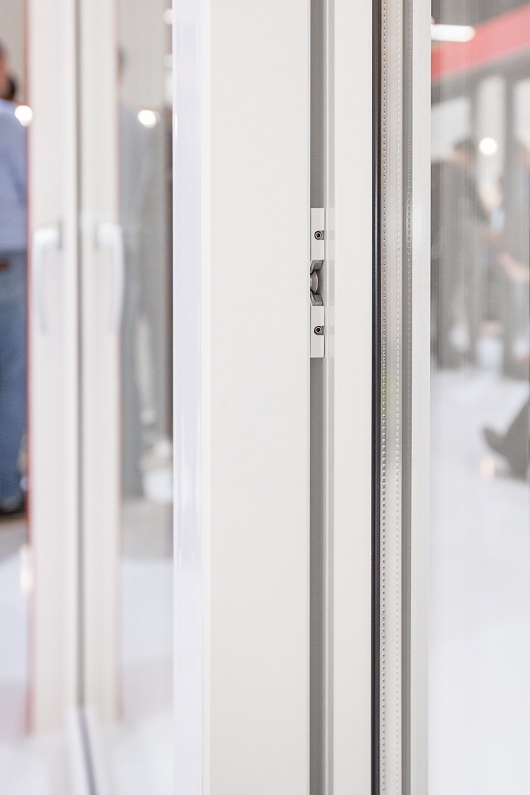
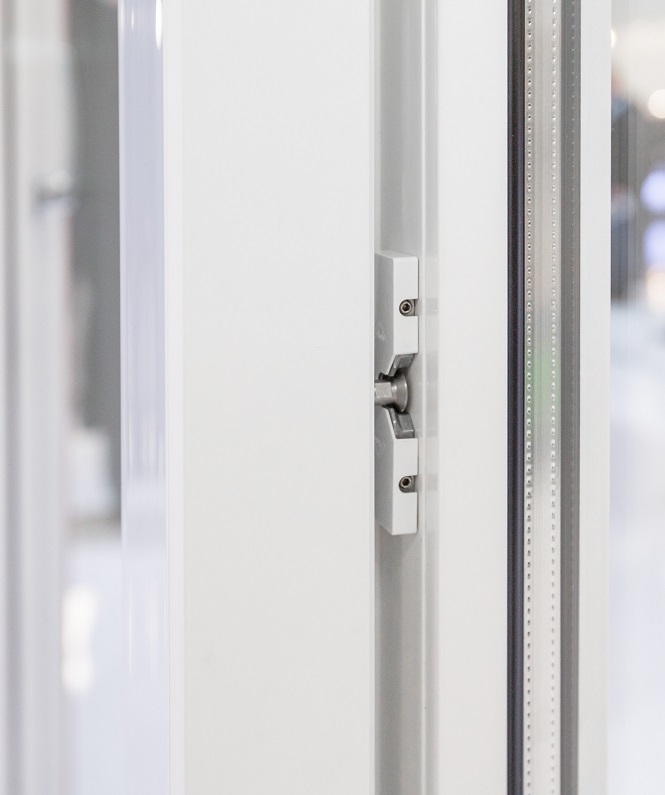
![ProEXR File Description
=Attributes=
cameraAperture (float): 36.000004
cameraFNumber (float): 8.000000
cameraFarClip (float): 1000000015047466200000000000000.000000
cameraFarRange (float): 30000.000000
cameraFocalLength (float): 30.000002
cameraFov (float): 61.672359
cameraNearClip (float): 0.000000
cameraNearRange (float): 0.000000
cameraProjection (int): 0
cameraTargetDistance (float): 5952.022949
cameraTransform (m44f): [{0.521659, -0.850969, 0.0610193, -4563.5}, {-0.853154, -0.520323, 0.0373101, -3261.61}, {1.06229e-009, -0.071522, -0.997439, 725.207}, {0, 0, 0, 1}]
channels (chlist)
compression (compression): Zip
dataWindow (box2i): [0, 0, 1919, 1079]
displayWindow (box2i): [0, 0, 1919, 1079]
lineOrder (lineOrder): Increasing Y
name (string): ""
pixelAspectRatio (float): 1.000000
screenWindowCenter (v2f): [0.000000, 0.000000]
screenWindowWidth (float): 1.000000
type (string): "scanlineimage"
vrayInfo/camera (string): "Cam_Anim"
vrayInfo/computername (string): "cr56"
vrayInfo/cpu (string): "INTEL/Model:15,Family:6,Stepping:2,Cache:0"
vrayInfo/date (string): "19-09-2017"
vrayInfo/filename (string): "deadlineStartupMax2016.max"
vrayInfo/frame (string): "00008"
vrayInfo/h (string): "1080"
vrayInfo/mhz (string): "0MHz"
vrayInfo/noiseThreshold (string): "0.001000"
vrayInfo/numPasses (string): "0"
vrayInfo/numSubdivs (string): "0.00"
vrayInfo/os (string): "Win8.1"
vrayInfo/primitives (string): "132090"
vrayInfo/ram (string): "65328MB"
vrayInfo/rendertime (string): " 0h 5m 15.7s"
vrayInfo/time (string): "13:37:32"
vrayInfo/vmem (string): "134217728MB"
vrayInfo/vraycore (string): "3.60.01"
vrayInfo/vrayrevision (string): "27500 Jun 28 2017 04:49:39"
vrayInfo/vrayversion (string): "Internal V-Ray version Adv 3.60.01"
vrayInfo/w (string): "1920"
=Channels=
A (half)
B (half)
G (half)
MultiMatteElement-1.B (half)
MultiMatteElement-1.G (half)
MultiMatteElement-1.R (half)
MultiMatteElement-2.B (half)
MultiMatteElement-2.G (half)
MultiMatteElement-2.R (half)
MultiMatteEleme ProEXR File Description
=Attributes=
cameraAperture (float): 36.000004
cameraFNumber (float): 8.000000
cameraFarClip (float): 1000000015047466200000000000000.000000
cameraFarRange (float): 30000.000000
cameraFocalLength (float): 30.000002
cameraFov (float): 61.672359
cameraNearClip (float): 0.000000
cameraNearRange (float): 0.000000
cameraProjection (int): 0
cameraTargetDistance (float): 5952.022949
cameraTransform (m44f): [{0.521659, -0.850969, 0.0610193, -4563.5}, {-0.853154, -0.520323, 0.0373101, -3261.61}, {1.06229e-009, -0.071522, -0.997439, 725.207}, {0, 0, 0, 1}]
channels (chlist)
compression (compression): Zip
dataWindow (box2i): [0, 0, 1919, 1079]
displayWindow (box2i): [0, 0, 1919, 1079]
lineOrder (lineOrder): Increasing Y
name (string): ""
pixelAspectRatio (float): 1.000000
screenWindowCenter (v2f): [0.000000, 0.000000]
screenWindowWidth (float): 1.000000
type (string): "scanlineimage"
vrayInfo/camera (string): "Cam_Anim"
vrayInfo/computername (string): "cr56"
vrayInfo/cpu (string): "INTEL/Model:15,Family:6,Stepping:2,Cache:0"
vrayInfo/date (string): "19-09-2017"
vrayInfo/filename (string): "deadlineStartupMax2016.max"
vrayInfo/frame (string): "00008"
vrayInfo/h (string): "1080"
vrayInfo/mhz (string): "0MHz"
vrayInfo/noiseThreshold (string): "0.001000"
vrayInfo/numPasses (string): "0"
vrayInfo/numSubdivs (string): "0.00"
vrayInfo/os (string): "Win8.1"
vrayInfo/primitives (string): "132090"
vrayInfo/ram (string): "65328MB"
vrayInfo/rendertime (string): " 0h 5m 15.7s"
vrayInfo/time (string): "13:37:32"
vrayInfo/vmem (string): "134217728MB"
vrayInfo/vraycore (string): "3.60.01"
vrayInfo/vrayrevision (string): "27500 Jun 28 2017 04:49:39"
vrayInfo/vrayversion (string): "Internal V-Ray version Adv 3.60.01"
vrayInfo/w (string): "1920"
=Channels=
A (half)
B (half)
G (half)
MultiMatteElement-1.B (half)
MultiMatteElement-1.G (half)
MultiMatteElement-1.R (half)
MultiMatteElement-2.B (half)
MultiMatteElement-2.G (half)
MultiMatteElement-2.R (half)
MultiMatteEleme](https://fenbro.com/wp-content/uploads/2021/09/10680-aluplast-smart-slide-5-1.jpg)
![ProEXR File Description
=Attributes=
cameraAperture (float): 36.000004
cameraFNumber (float): 8.000000
cameraFarClip (float): 1000000015047466200000000000000.000000
cameraFarRange (float): 30000.000000
cameraFocalLength (float): 30.000002
cameraFov (float): 61.672359
cameraNearClip (float): 0.000000
cameraNearRange (float): 0.000000
cameraProjection (int): 0
cameraTargetDistance (float): 5952.022949
cameraTransform (m44f): [{0.521659, -0.850969, 0.0610193, -4563.5}, {-0.853154, -0.520323, 0.0373101, -3261.61}, {1.06229e-009, -0.071522, -0.997439, 725.207}, {0, 0, 0, 1}]
channels (chlist)
compression (compression): Zip
dataWindow (box2i): [0, 0, 1919, 1079]
displayWindow (box2i): [0, 0, 1919, 1079]
lineOrder (lineOrder): Increasing Y
name (string): ""
pixelAspectRatio (float): 1.000000
screenWindowCenter (v2f): [0.000000, 0.000000]
screenWindowWidth (float): 1.000000
type (string): "scanlineimage"
vrayInfo/camera (string): "Cam_Anim"
vrayInfo/computername (string): "cr63"
vrayInfo/cpu (string): "INTEL/Model:15,Family:6,Stepping:1,Cache:0"
vrayInfo/date (string): "19-09-2017"
vrayInfo/filename (string): "deadlineStartupMax2016.max"
vrayInfo/frame (string): "00088"
vrayInfo/h (string): "1080"
vrayInfo/mhz (string): "0MHz"
vrayInfo/noiseThreshold (string): "0.001000"
vrayInfo/numPasses (string): "0"
vrayInfo/numSubdivs (string): "0.00"
vrayInfo/os (string): "Win10"
vrayInfo/primitives (string): "132090"
vrayInfo/ram (string): "65312MB"
vrayInfo/rendertime (string): " 0h 4m 25.2s"
vrayInfo/time (string): "14:02:49"
vrayInfo/vmem (string): "134217728MB"
vrayInfo/vraycore (string): "3.60.01"
vrayInfo/vrayrevision (string): "27500 Jun 28 2017 04:49:39"
vrayInfo/vrayversion (string): "Internal V-Ray version Adv 3.60.01"
vrayInfo/w (string): "1920"
=Channels=
A (half)
B (half)
G (half)
MultiMatteElement-1.B (half)
MultiMatteElement-1.G (half)
MultiMatteElement-1.R (half)
MultiMatteElement-2.B (half)
MultiMatteElement-2.G (half)
MultiMatteElement-2.R (half)
MultiMatteElemen ProEXR File Description
=Attributes=
cameraAperture (float): 36.000004
cameraFNumber (float): 8.000000
cameraFarClip (float): 1000000015047466200000000000000.000000
cameraFarRange (float): 30000.000000
cameraFocalLength (float): 30.000002
cameraFov (float): 61.672359
cameraNearClip (float): 0.000000
cameraNearRange (float): 0.000000
cameraProjection (int): 0
cameraTargetDistance (float): 5952.022949
cameraTransform (m44f): [{0.521659, -0.850969, 0.0610193, -4563.5}, {-0.853154, -0.520323, 0.0373101, -3261.61}, {1.06229e-009, -0.071522, -0.997439, 725.207}, {0, 0, 0, 1}]
channels (chlist)
compression (compression): Zip
dataWindow (box2i): [0, 0, 1919, 1079]
displayWindow (box2i): [0, 0, 1919, 1079]
lineOrder (lineOrder): Increasing Y
name (string): ""
pixelAspectRatio (float): 1.000000
screenWindowCenter (v2f): [0.000000, 0.000000]
screenWindowWidth (float): 1.000000
type (string): "scanlineimage"
vrayInfo/camera (string): "Cam_Anim"
vrayInfo/computername (string): "cr63"
vrayInfo/cpu (string): "INTEL/Model:15,Family:6,Stepping:1,Cache:0"
vrayInfo/date (string): "19-09-2017"
vrayInfo/filename (string): "deadlineStartupMax2016.max"
vrayInfo/frame (string): "00088"
vrayInfo/h (string): "1080"
vrayInfo/mhz (string): "0MHz"
vrayInfo/noiseThreshold (string): "0.001000"
vrayInfo/numPasses (string): "0"
vrayInfo/numSubdivs (string): "0.00"
vrayInfo/os (string): "Win10"
vrayInfo/primitives (string): "132090"
vrayInfo/ram (string): "65312MB"
vrayInfo/rendertime (string): " 0h 4m 25.2s"
vrayInfo/time (string): "14:02:49"
vrayInfo/vmem (string): "134217728MB"
vrayInfo/vraycore (string): "3.60.01"
vrayInfo/vrayrevision (string): "27500 Jun 28 2017 04:49:39"
vrayInfo/vrayversion (string): "Internal V-Ray version Adv 3.60.01"
vrayInfo/w (string): "1920"
=Channels=
A (half)
B (half)
G (half)
MultiMatteElement-1.B (half)
MultiMatteElement-1.G (half)
MultiMatteElement-1.R (half)
MultiMatteElement-2.B (half)
MultiMatteElement-2.G (half)
MultiMatteElement-2.R (half)
MultiMatteElemen](https://fenbro.com/wp-content/uploads/2021/09/10682-aluplast-smart-slide-4-1.jpg)
